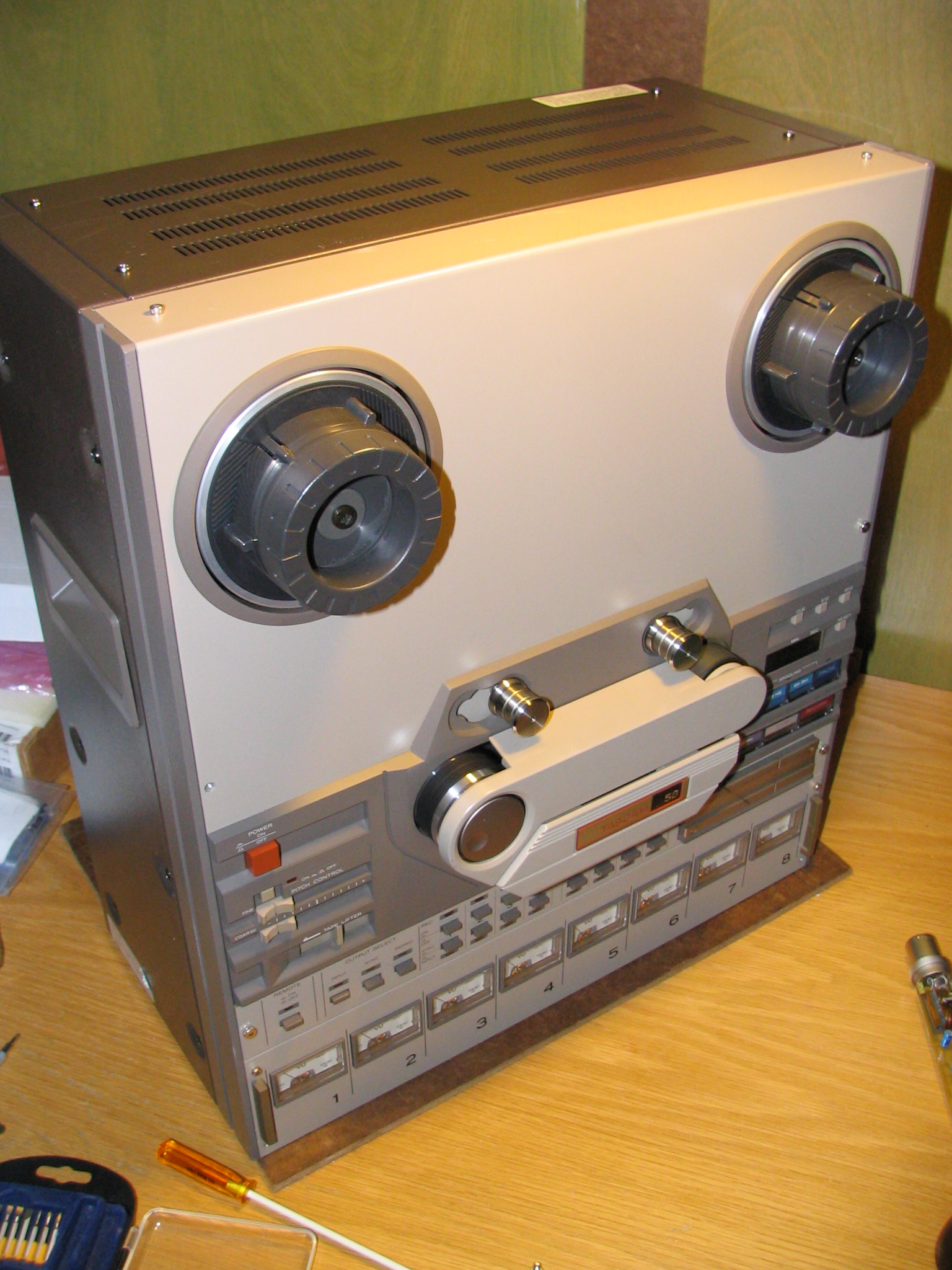sweetbeats
Reel deep thoughts...
Did some load testing...
I followed Ethan's advice and wired two light bulbs together in series to load test the 24V rails that come to the Capstan Servo PCB. The bulbs used were an auto industry bulb, trade # 1141 which is a 12.8V 1.44A bulb. So if I'm correct, the two bulbs wired in series creates a 25.6V array, and the PSU ideally sees a 2.88A load. Is that right?
So here are the results...
Here is the pre-load voltage on the regulated 24V rail:
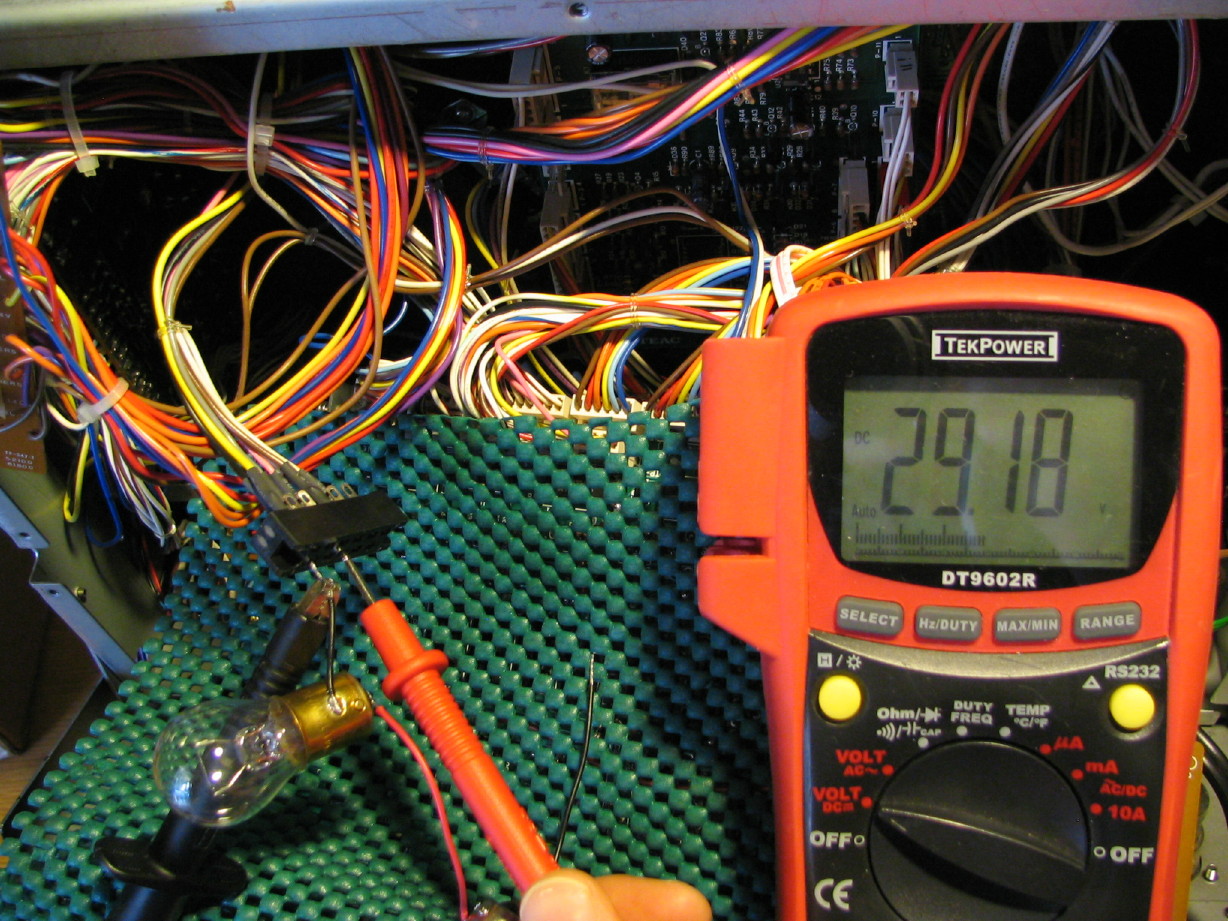
Here is the voltage while under load (and the bulbs were burning about that bright and lit instantly when the 58 was powered up):
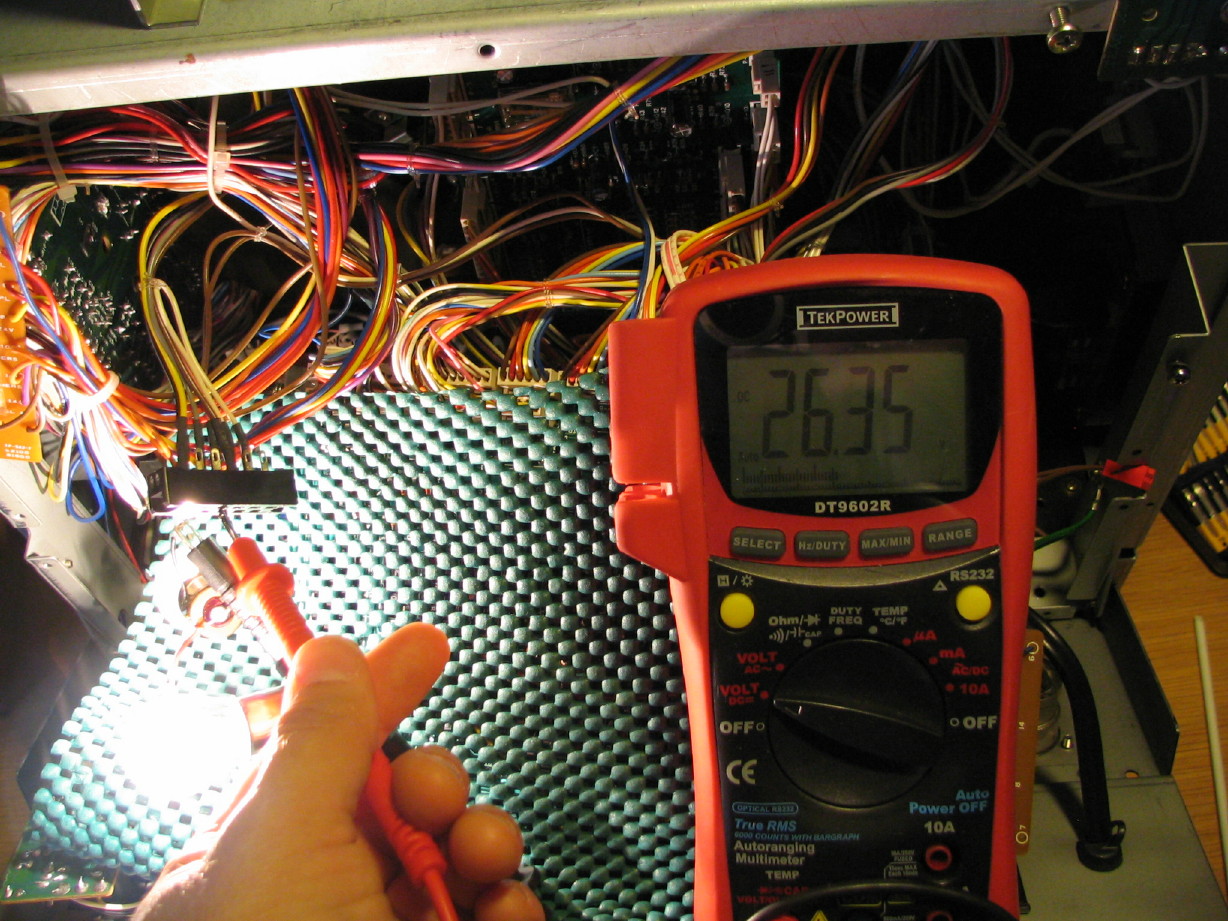
So we lost not quite 3V on a nearly 3A load.
Now, on the unregulated 24V supply, here is the pre-load voltage:
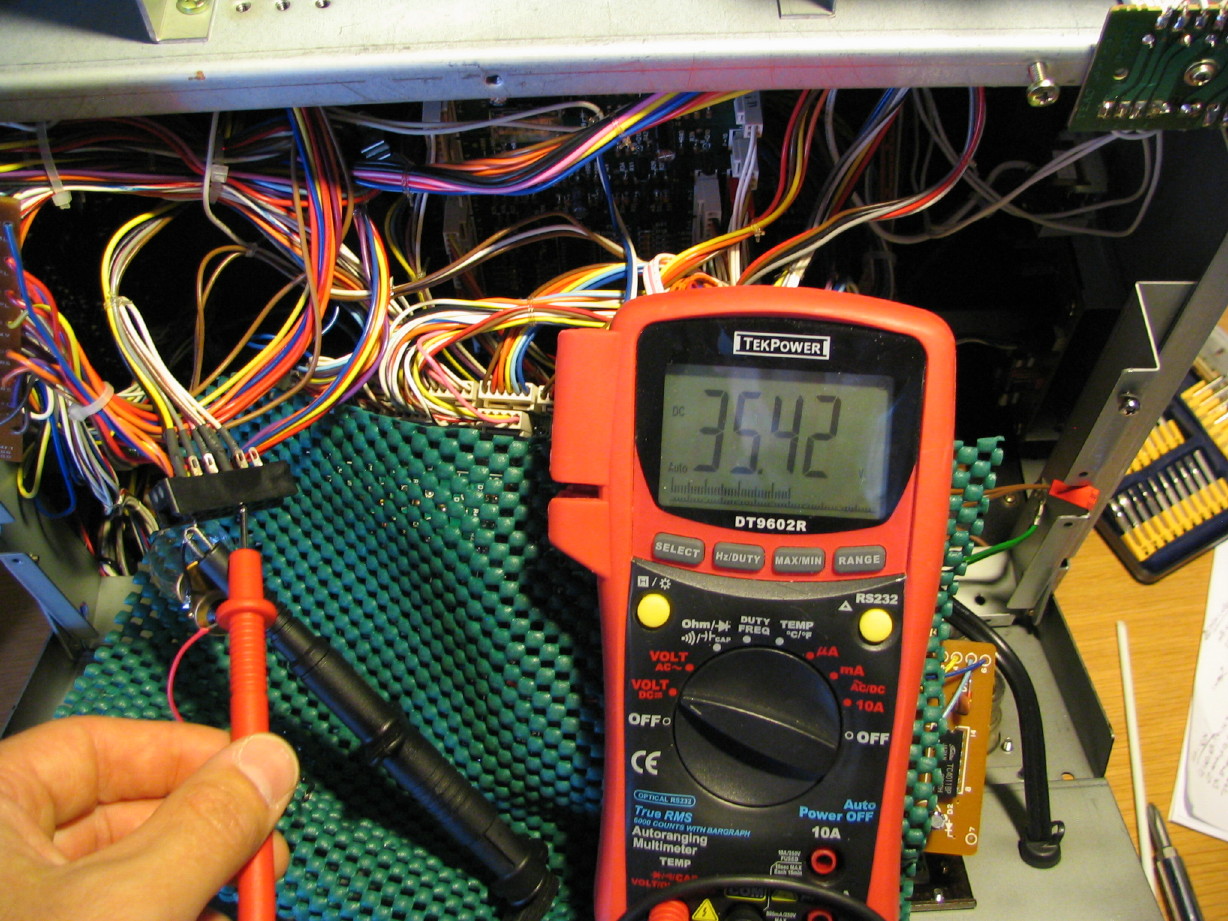
And here is the voltage while under load:
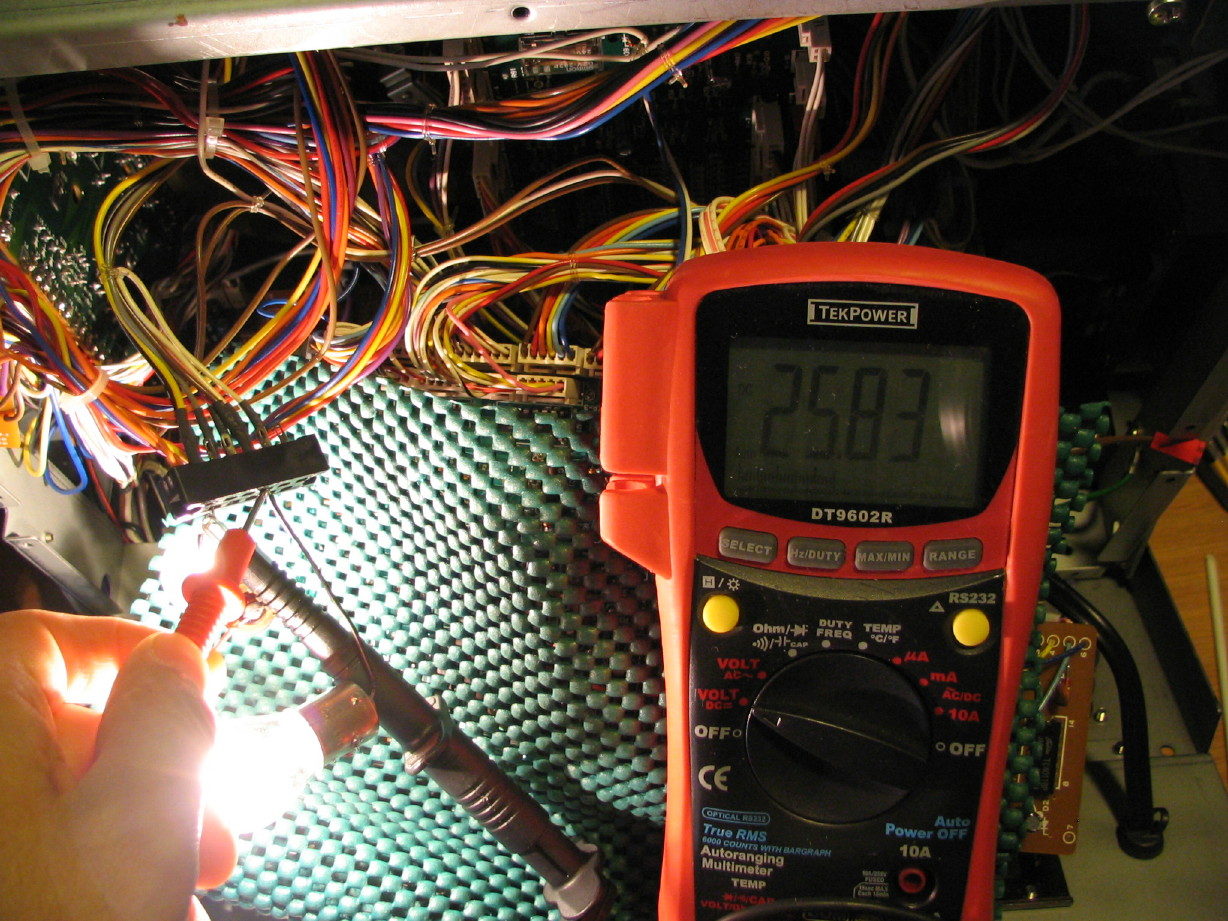
That seems like a lot of voltage drop (about 9.5V), but I don't have a good sense about what is reasonable for the supply under that kind of load...also, maybe means nothing, but the lamps lit gradually when the 58 was powered up...may mean a problem , or maybe just a cap charging...haven't looked closely at the circuit for the unregulated supply very closely.
, or maybe just a cap charging...haven't looked closely at the circuit for the unregulated supply very closely.
Comments? Suggestions?
I followed Ethan's advice and wired two light bulbs together in series to load test the 24V rails that come to the Capstan Servo PCB. The bulbs used were an auto industry bulb, trade # 1141 which is a 12.8V 1.44A bulb. So if I'm correct, the two bulbs wired in series creates a 25.6V array, and the PSU ideally sees a 2.88A load. Is that right?
So here are the results...
Here is the pre-load voltage on the regulated 24V rail:

Here is the voltage while under load (and the bulbs were burning about that bright and lit instantly when the 58 was powered up):

So we lost not quite 3V on a nearly 3A load.
Now, on the unregulated 24V supply, here is the pre-load voltage:

And here is the voltage while under load:

That seems like a lot of voltage drop (about 9.5V), but I don't have a good sense about what is reasonable for the supply under that kind of load...also, maybe means nothing, but the lamps lit gradually when the 58 was powered up...may mean a problem
 , or maybe just a cap charging...haven't looked closely at the circuit for the unregulated supply very closely.
, or maybe just a cap charging...haven't looked closely at the circuit for the unregulated supply very closely.Comments? Suggestions?


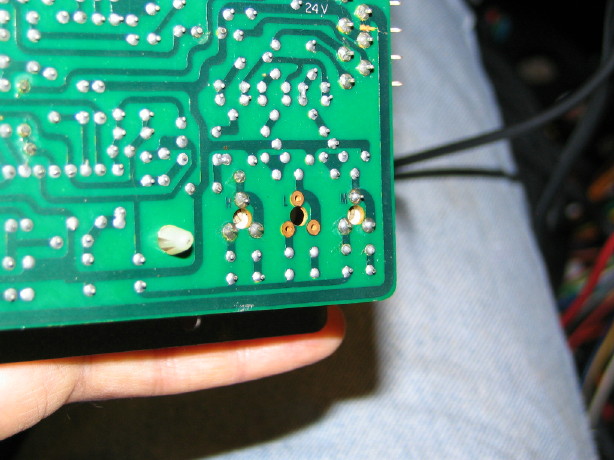
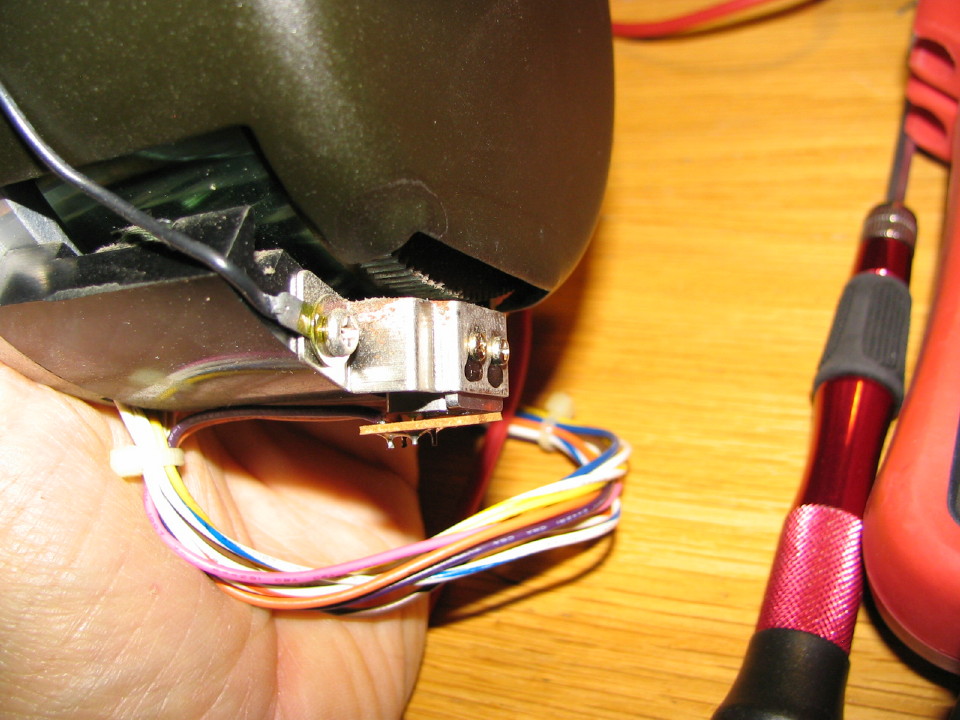
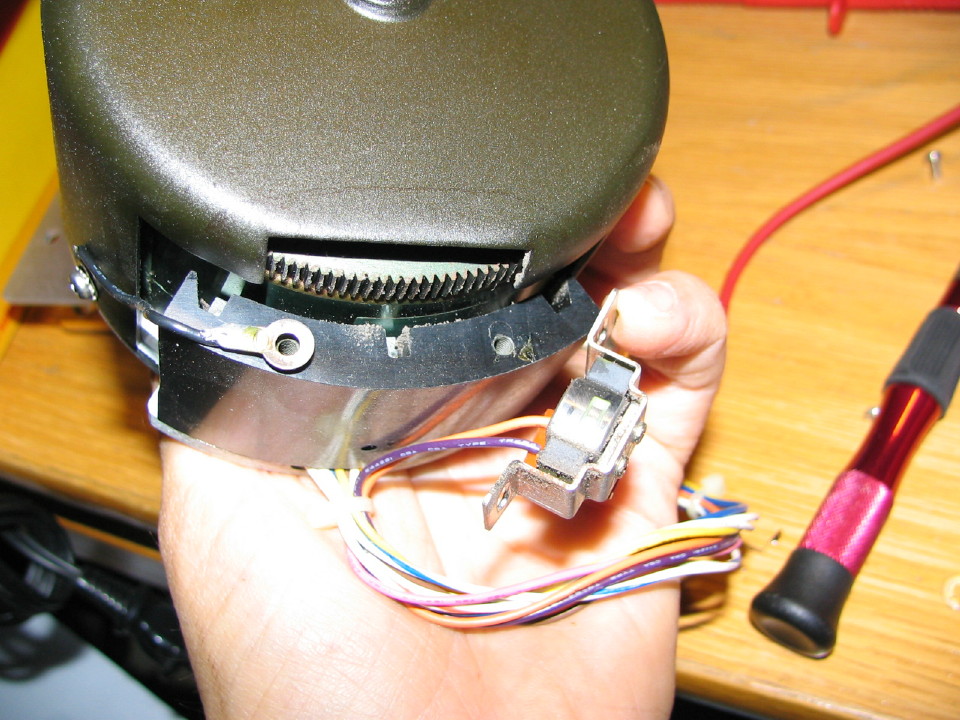
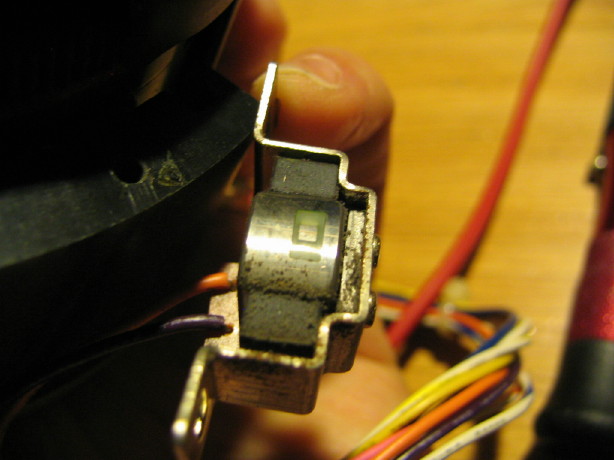
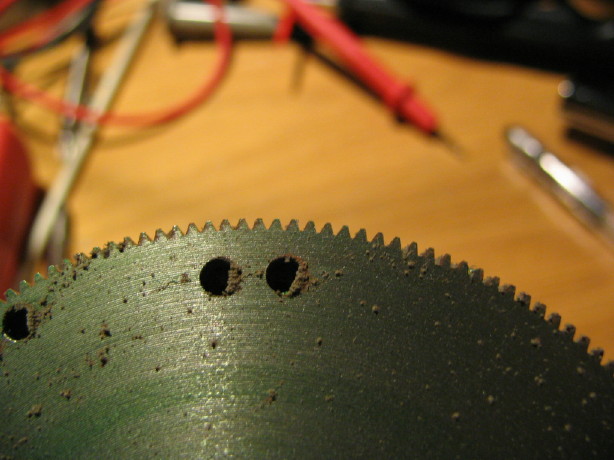
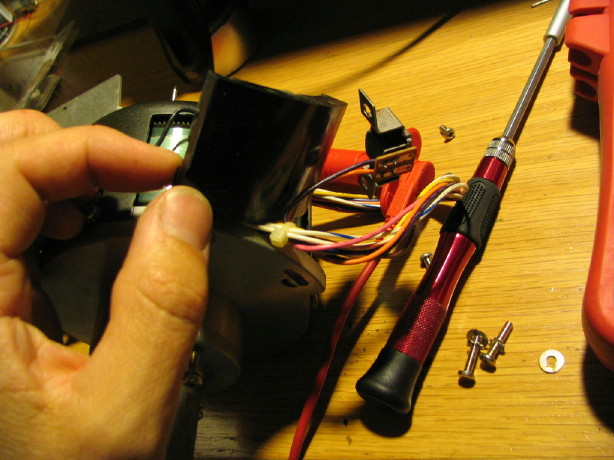
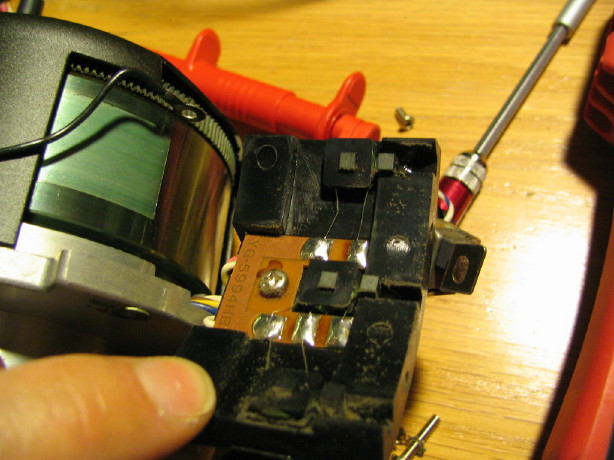
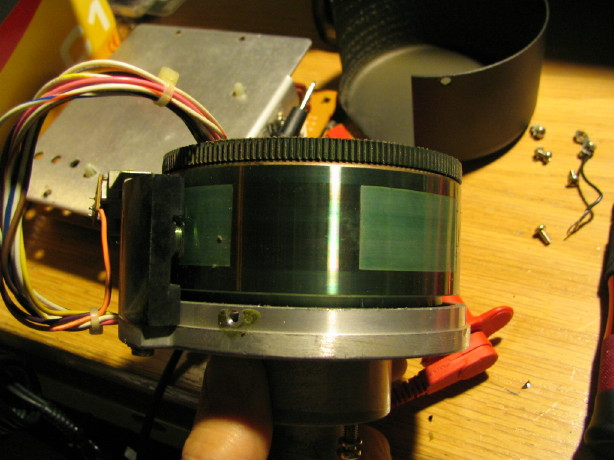
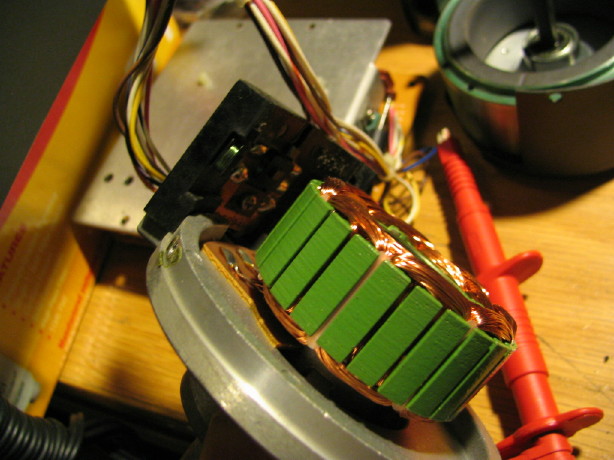
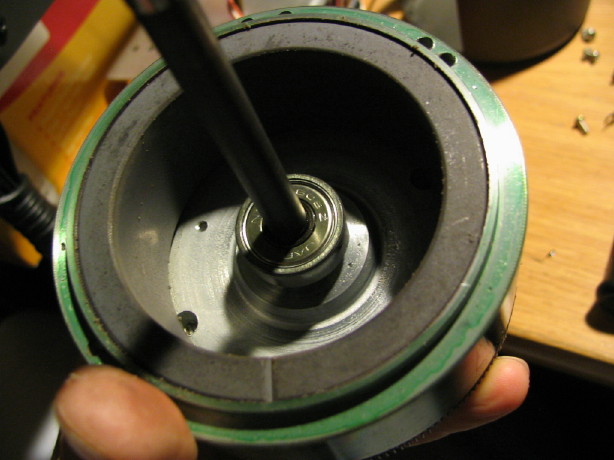
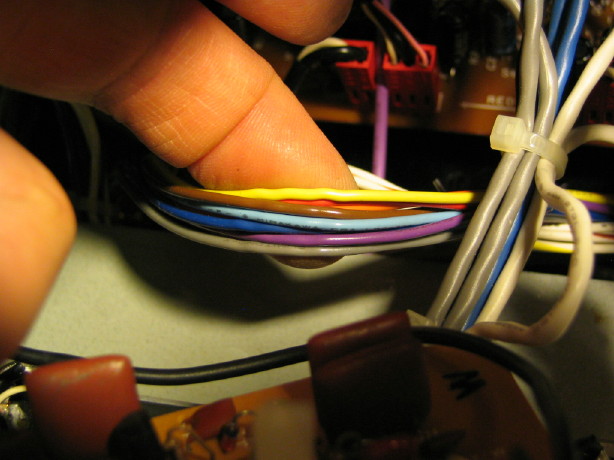


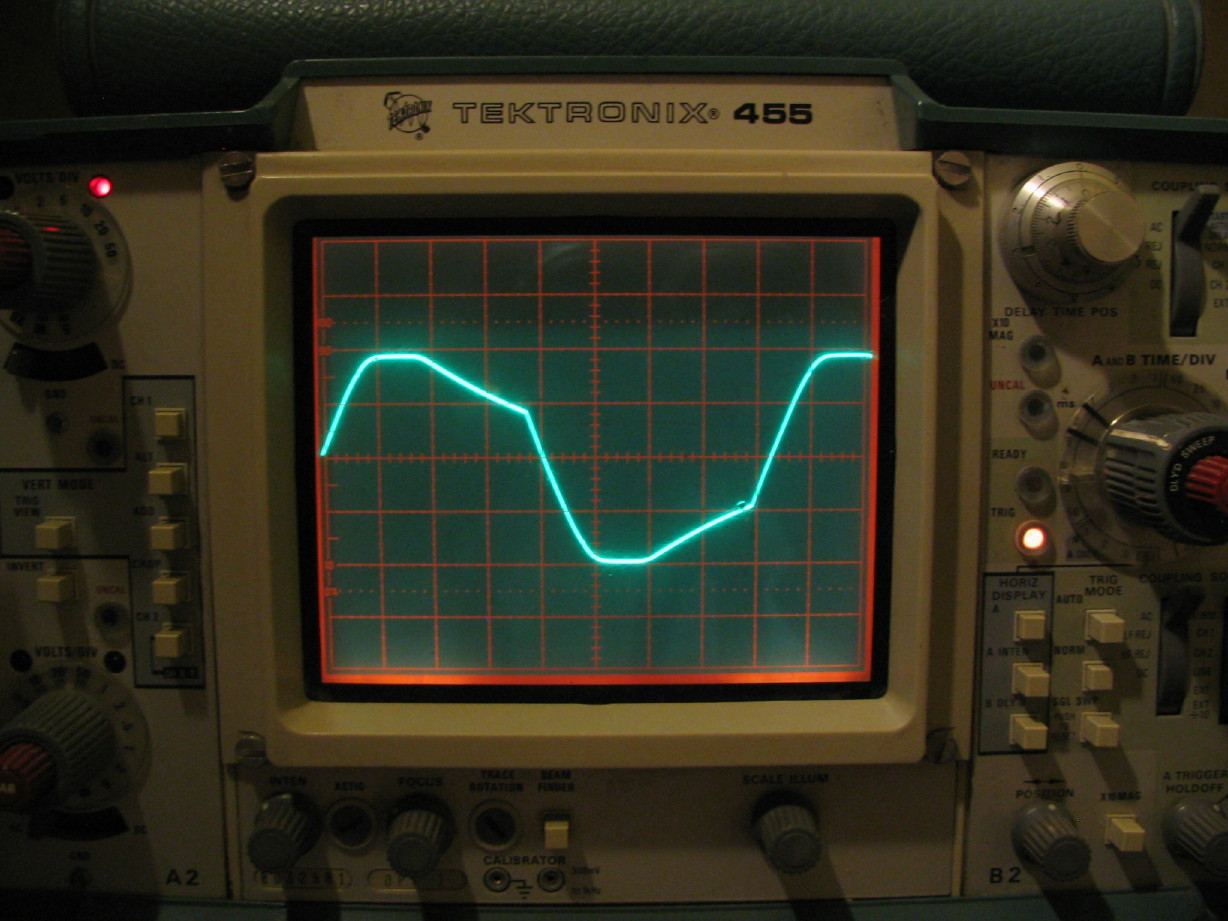
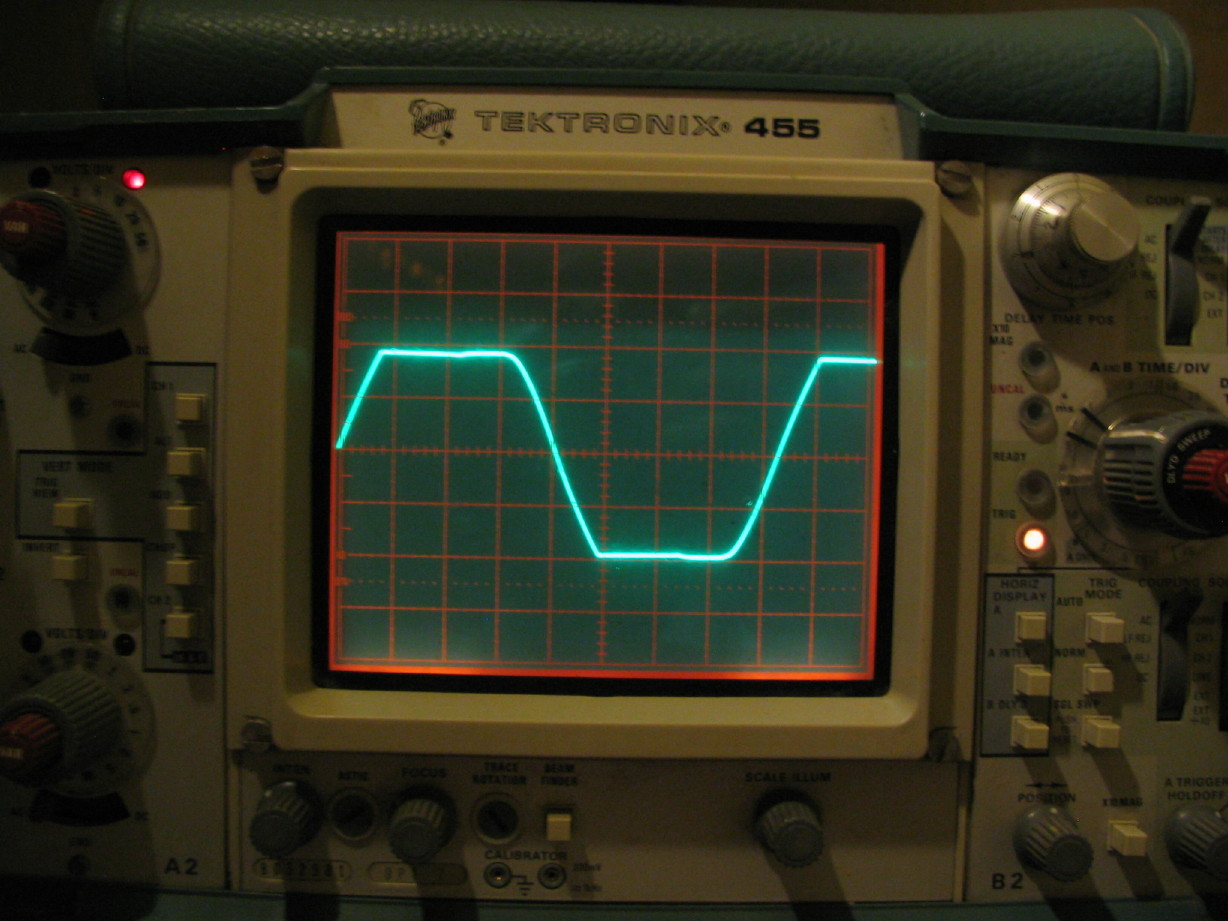
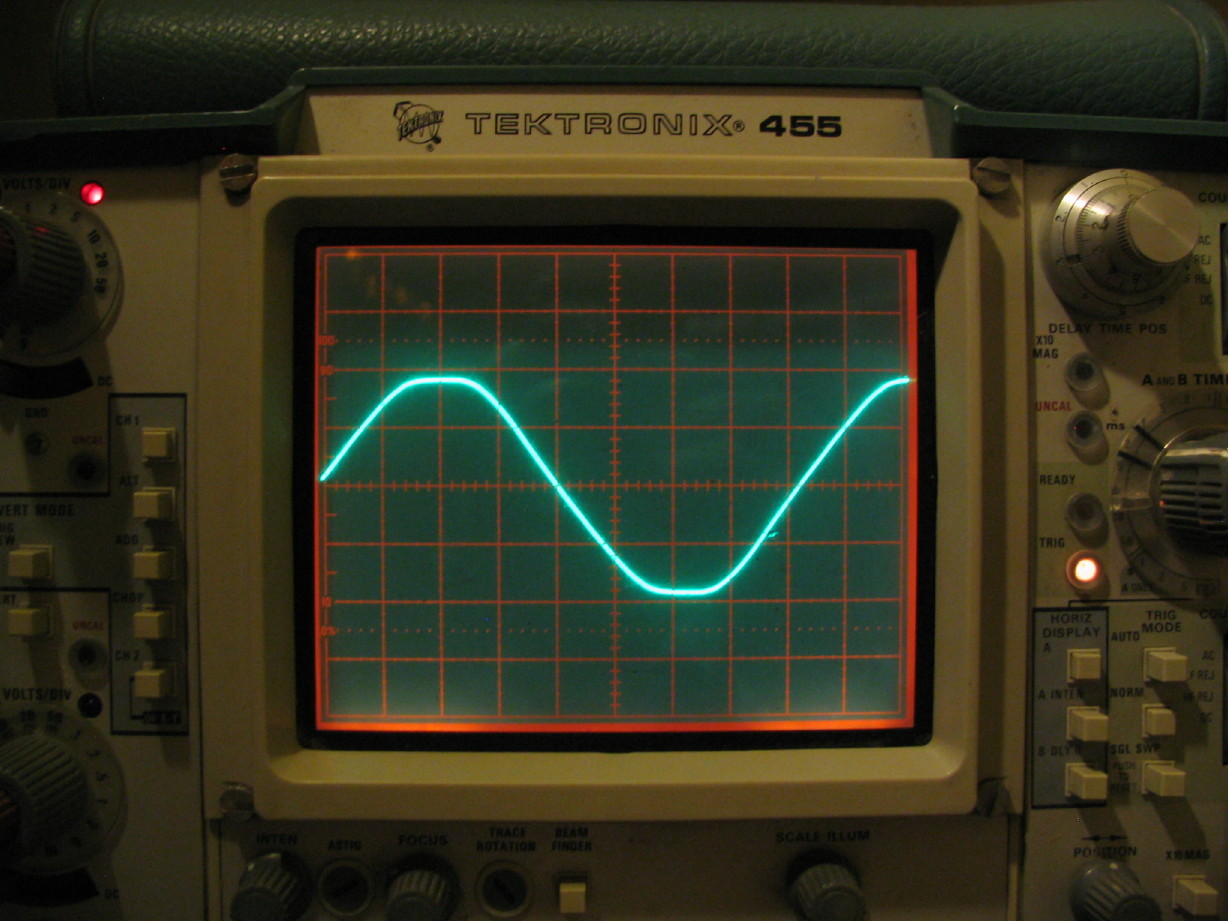
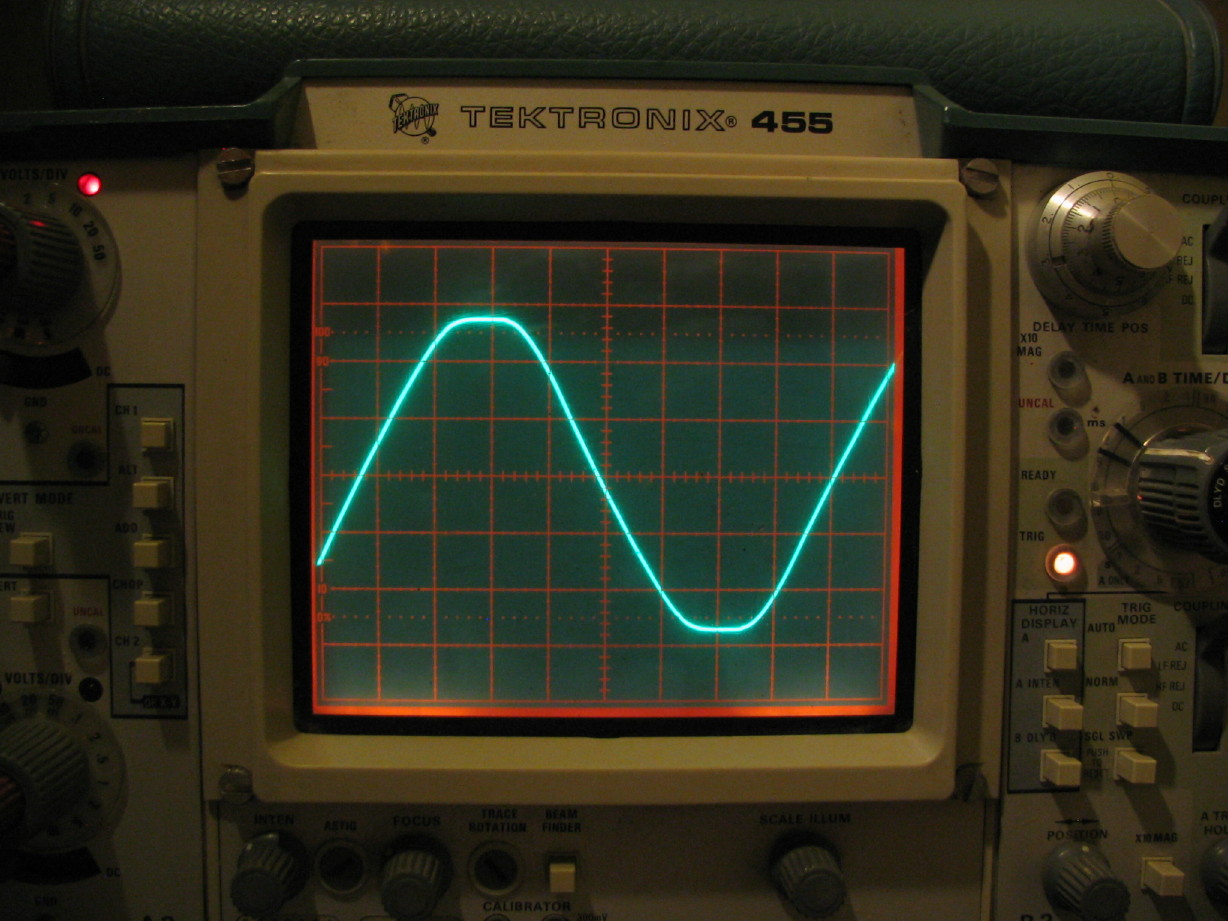
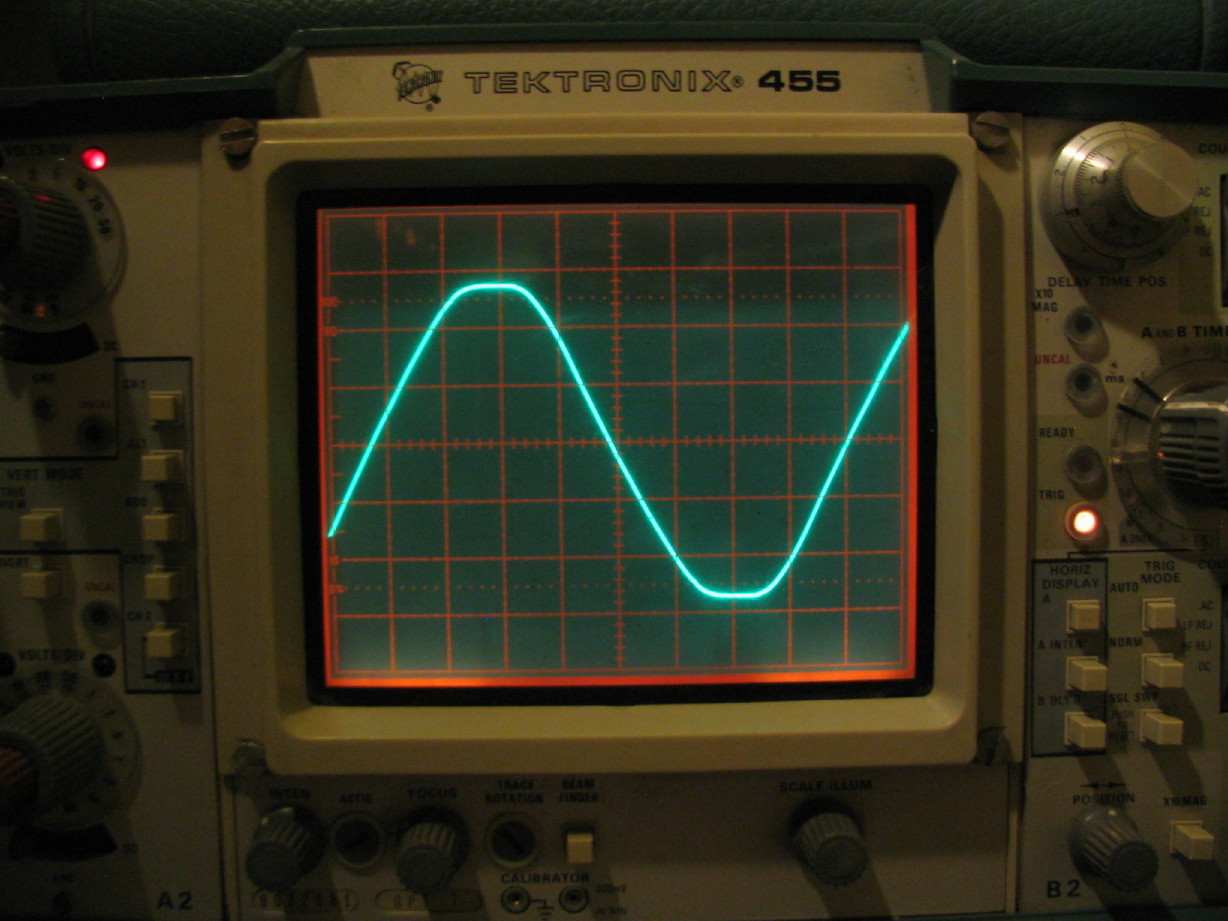
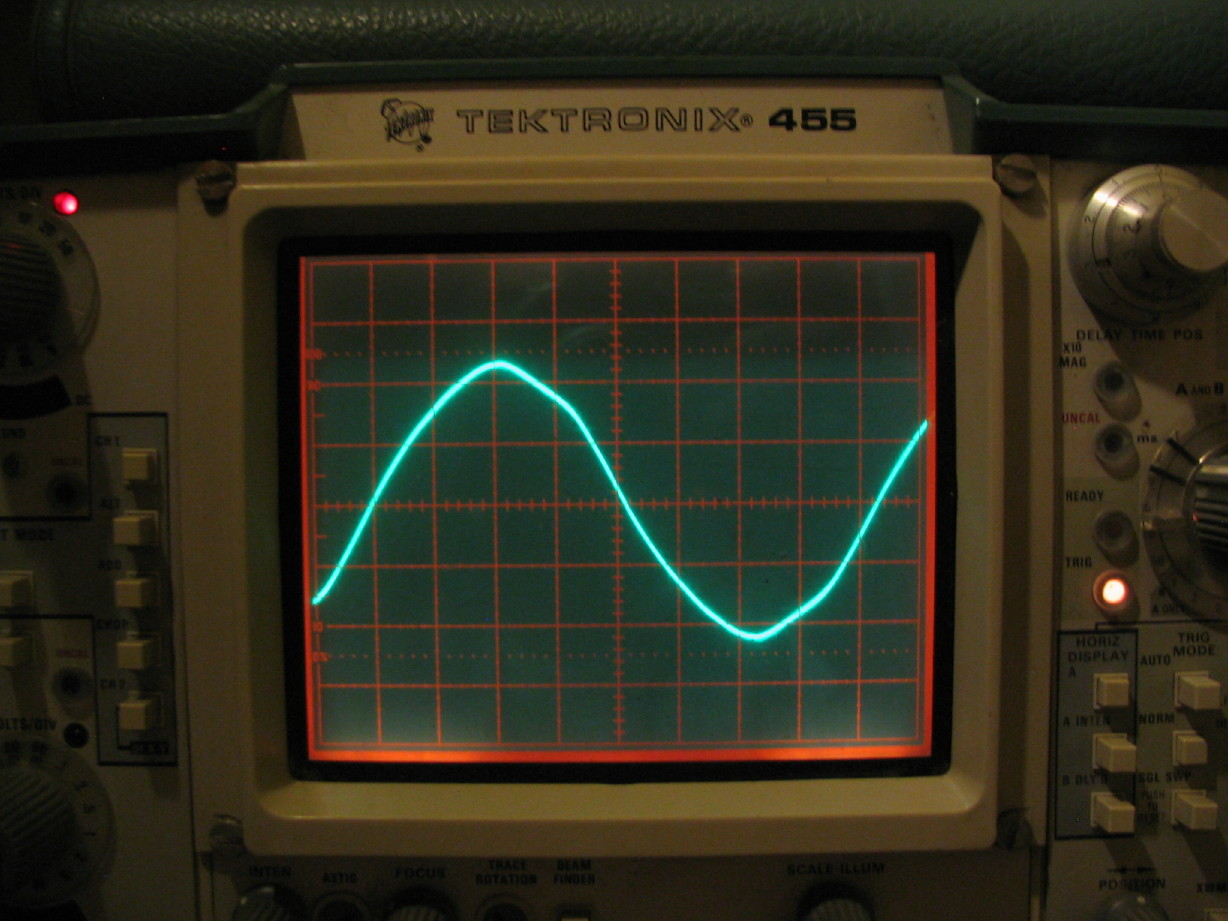
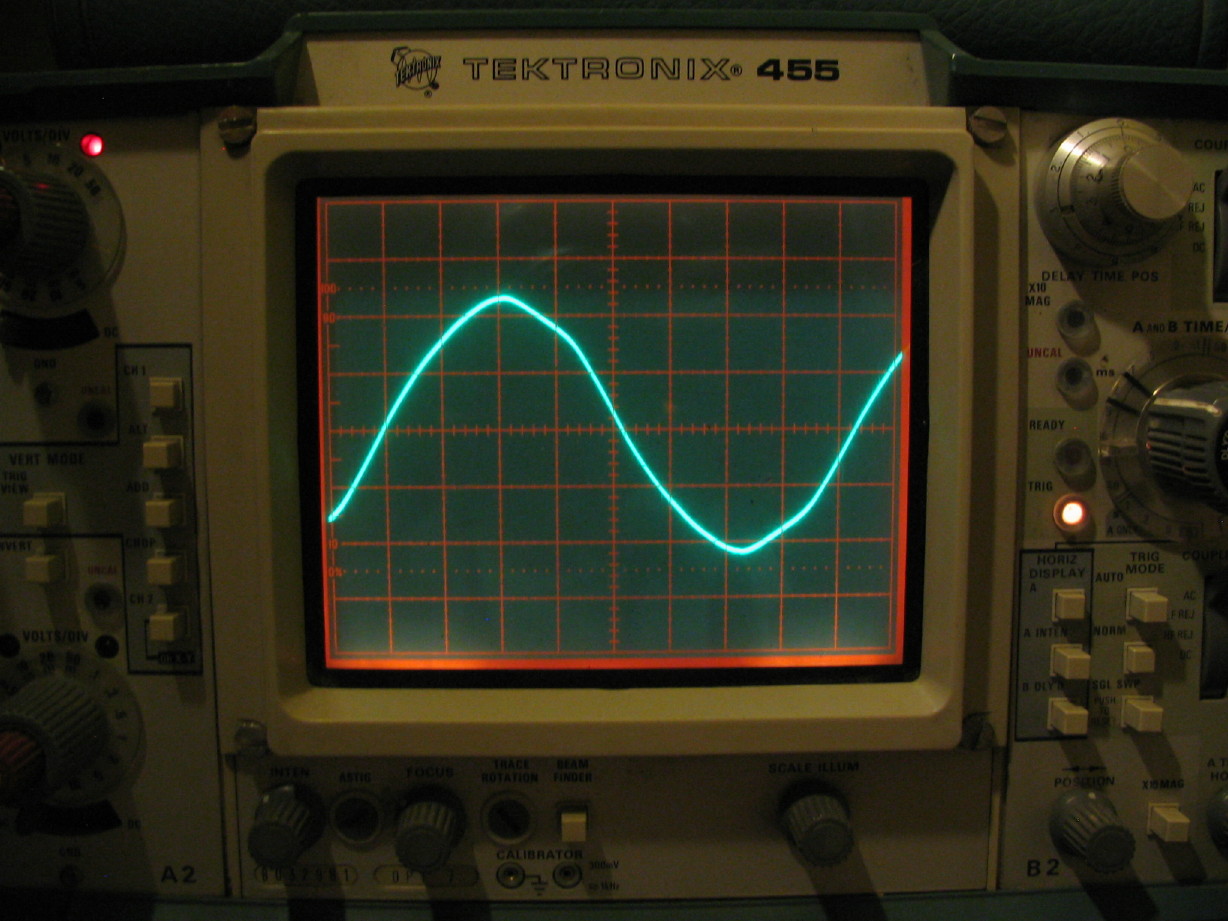
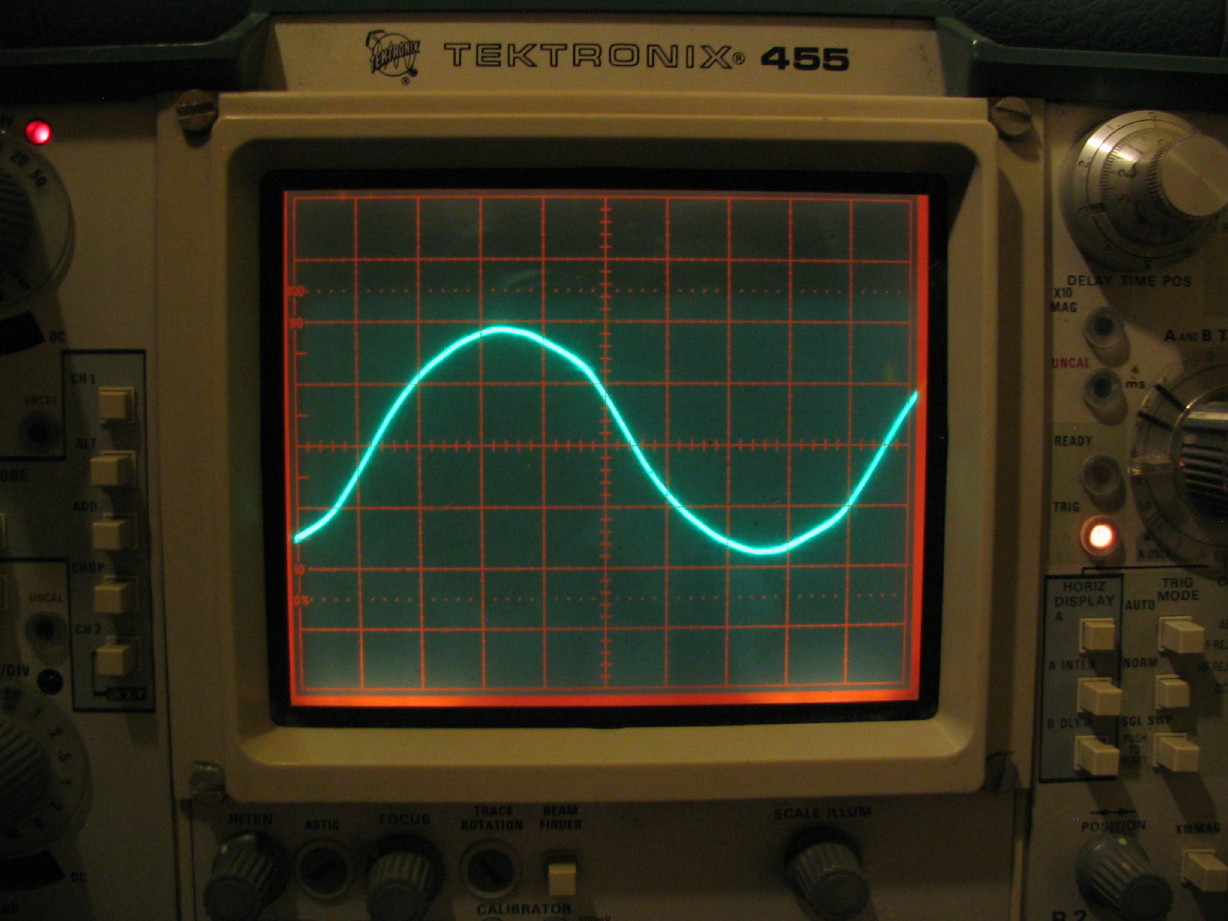
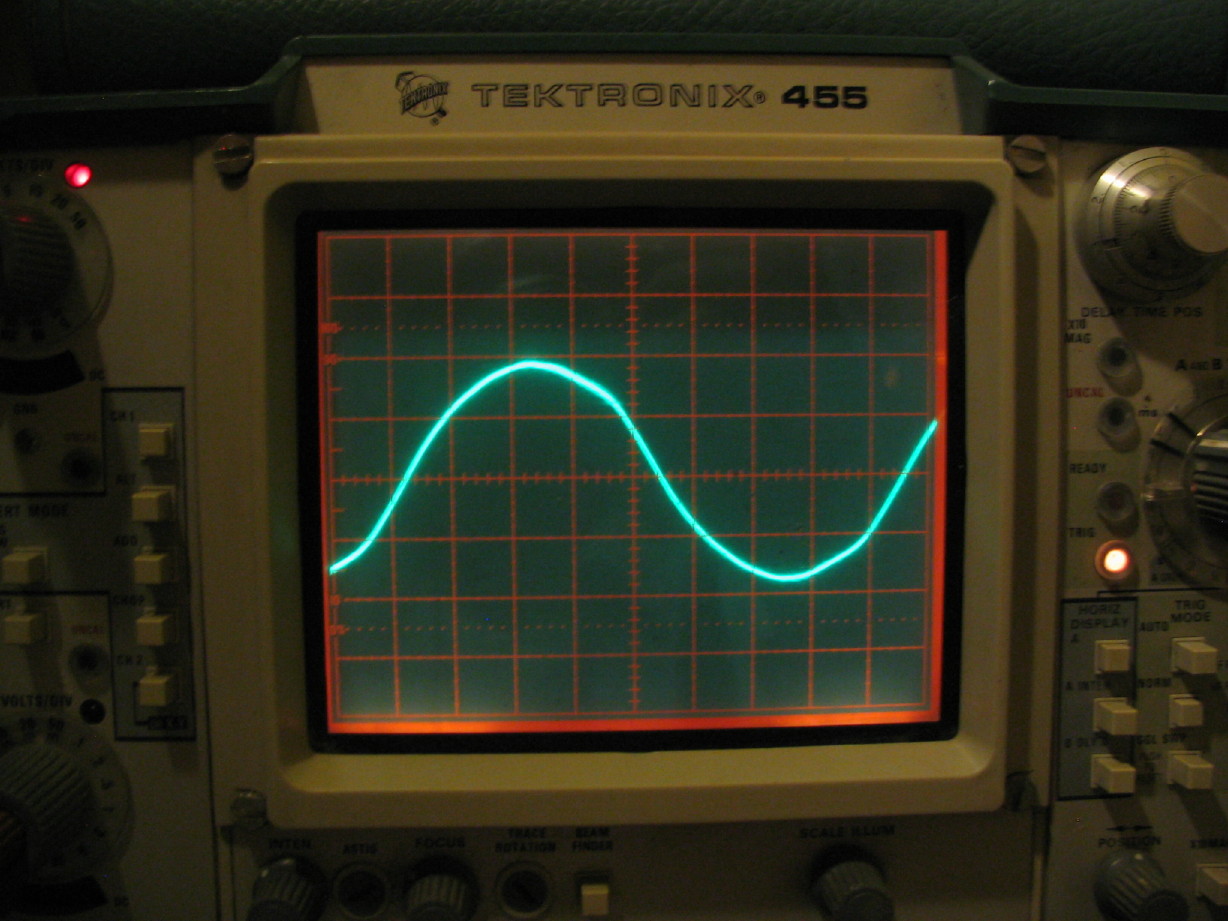
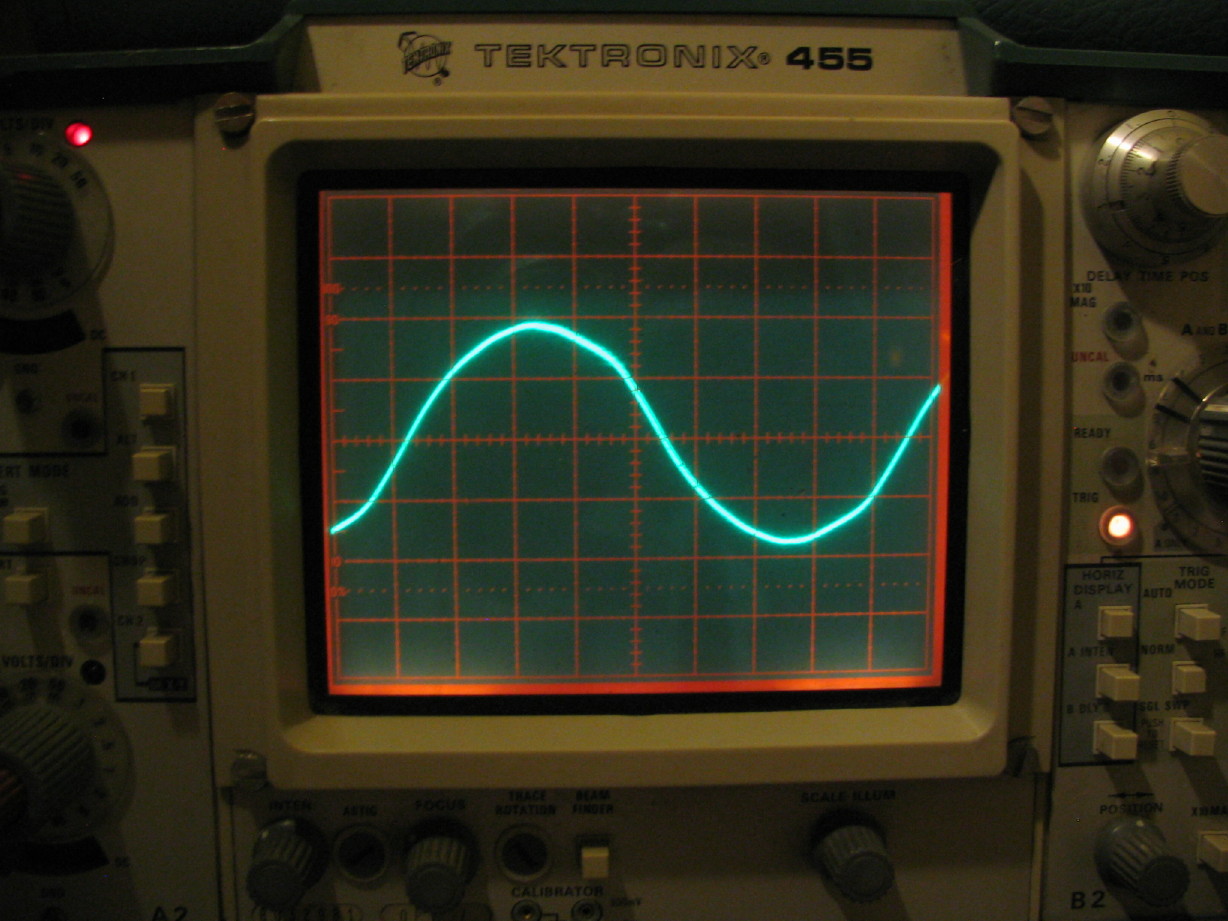
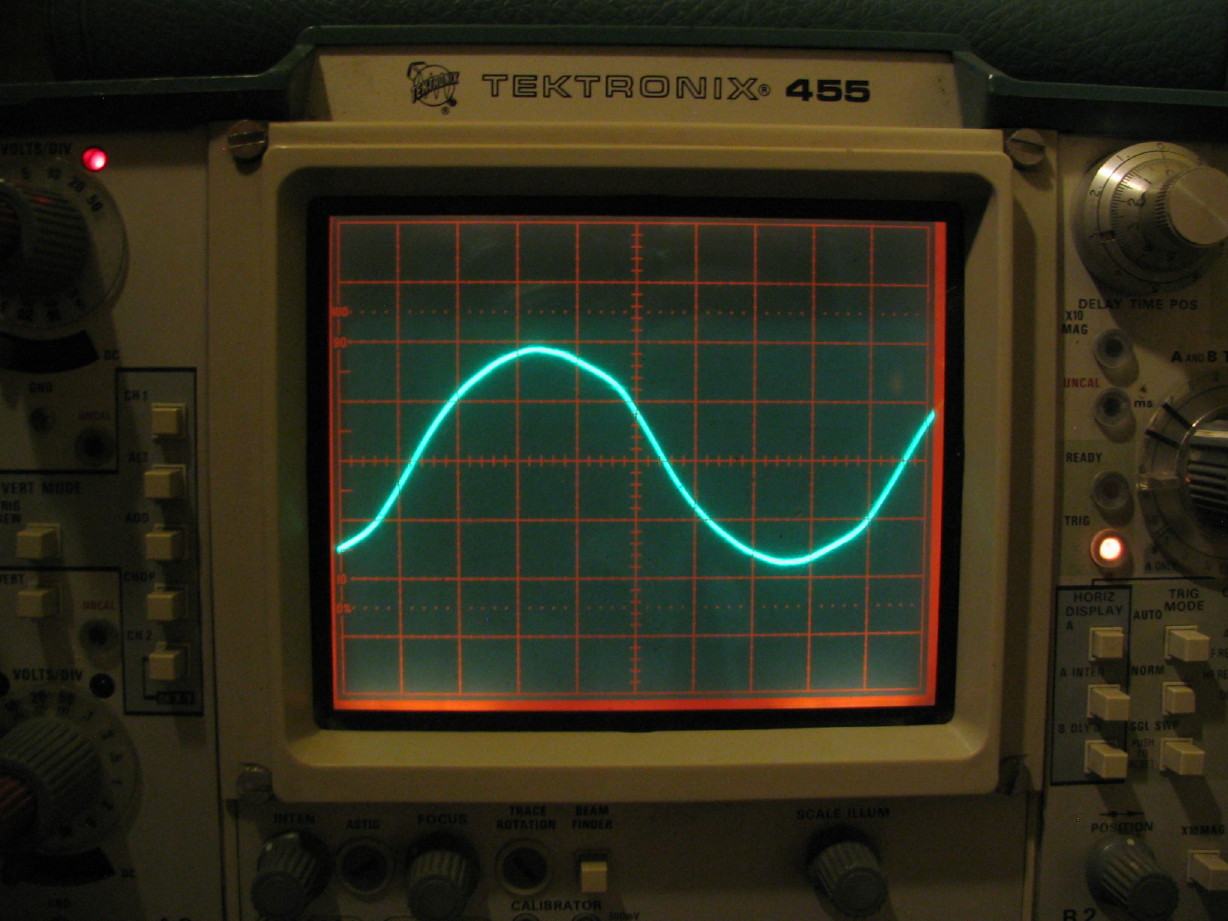
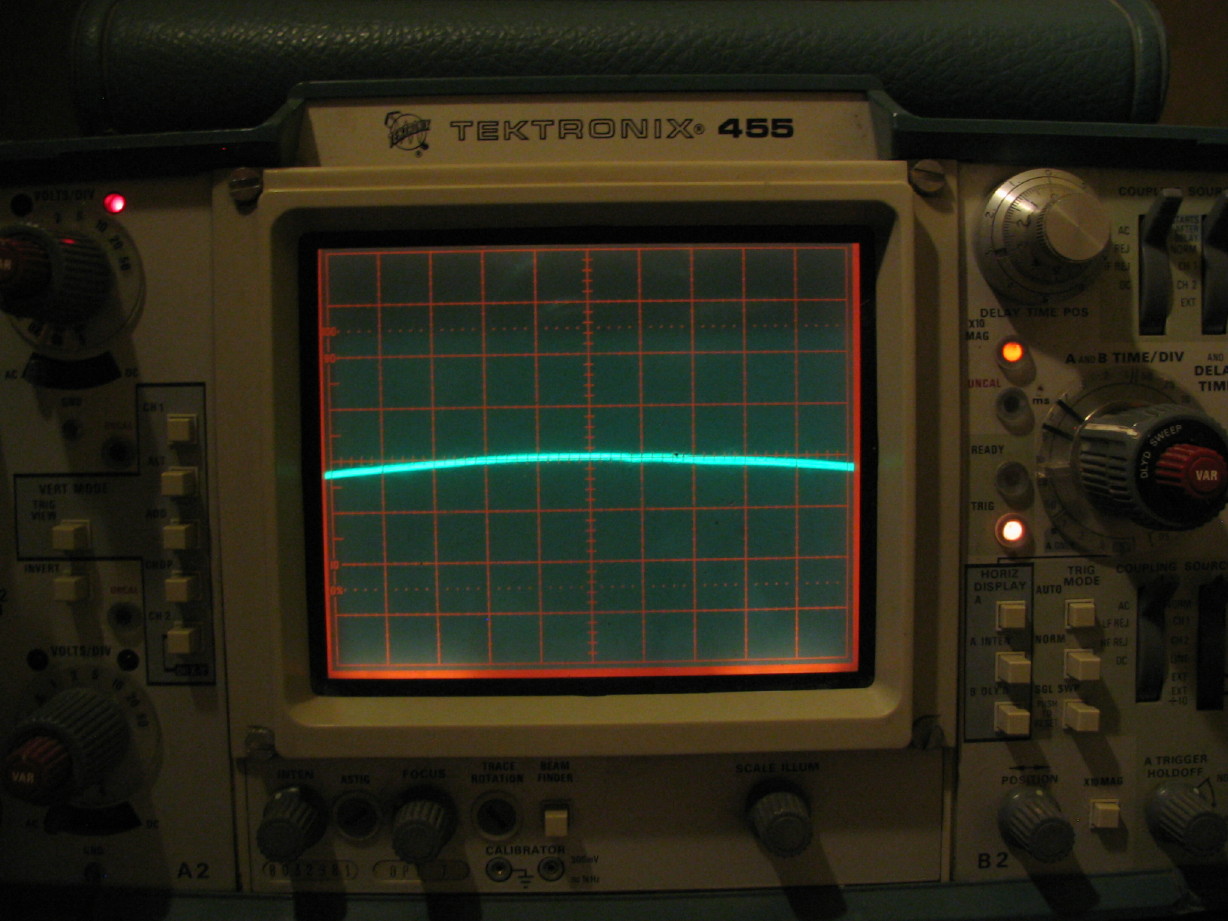
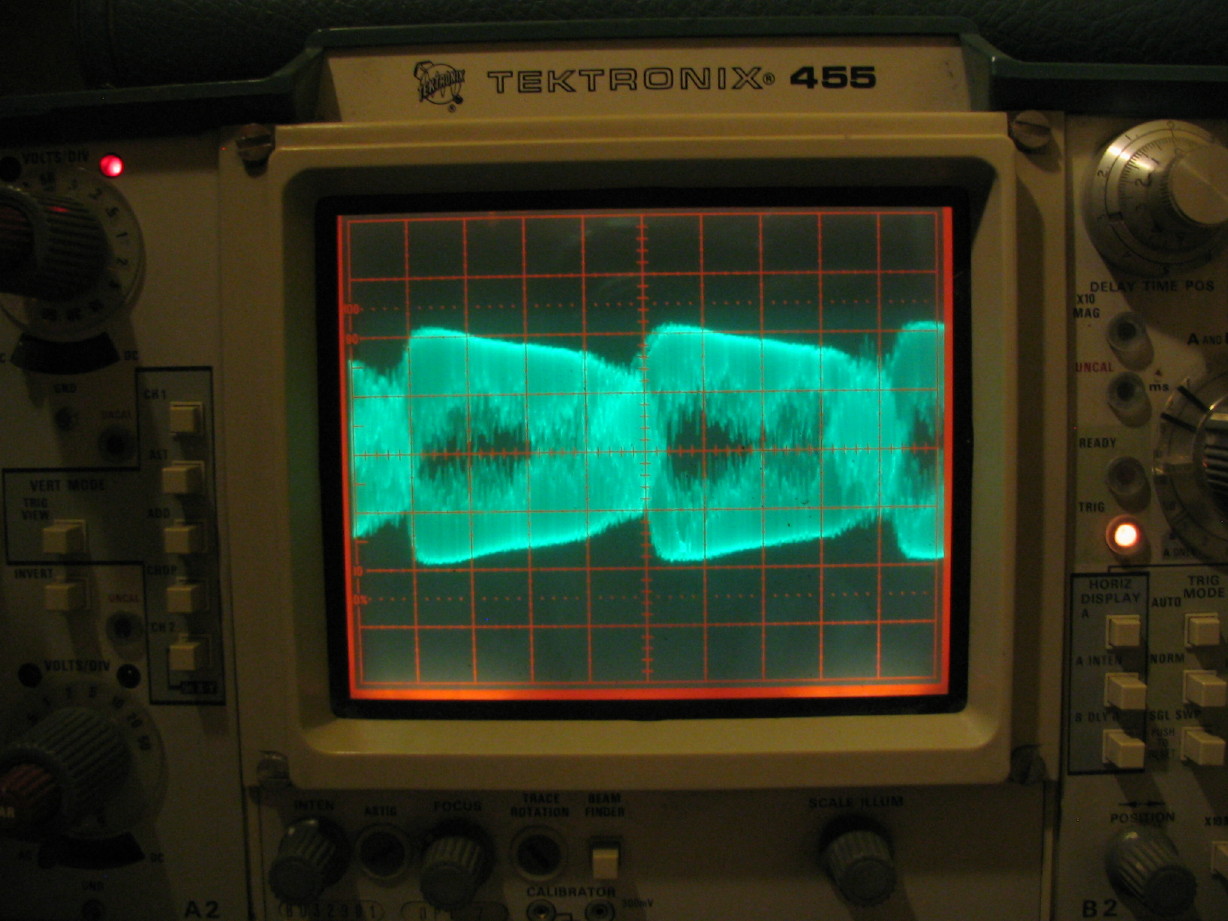
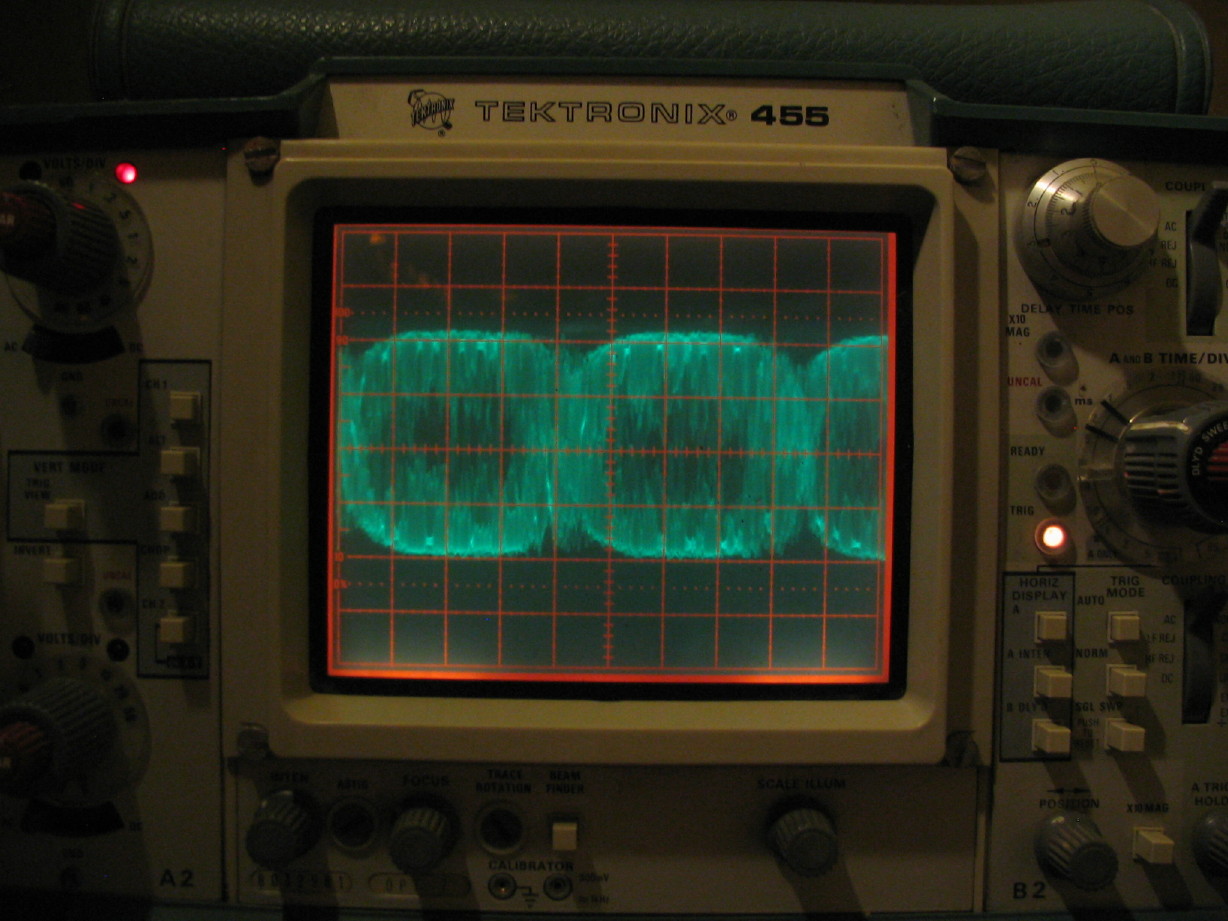
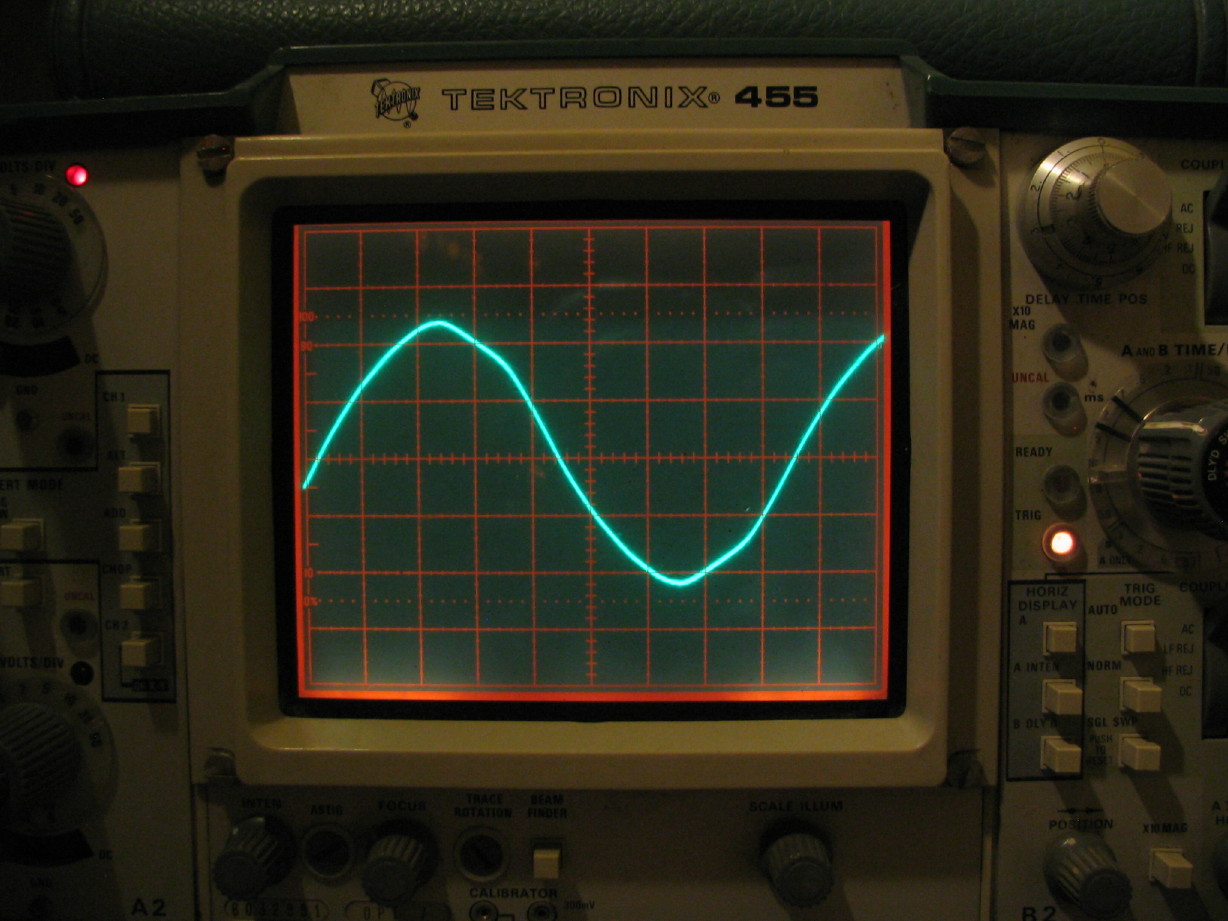
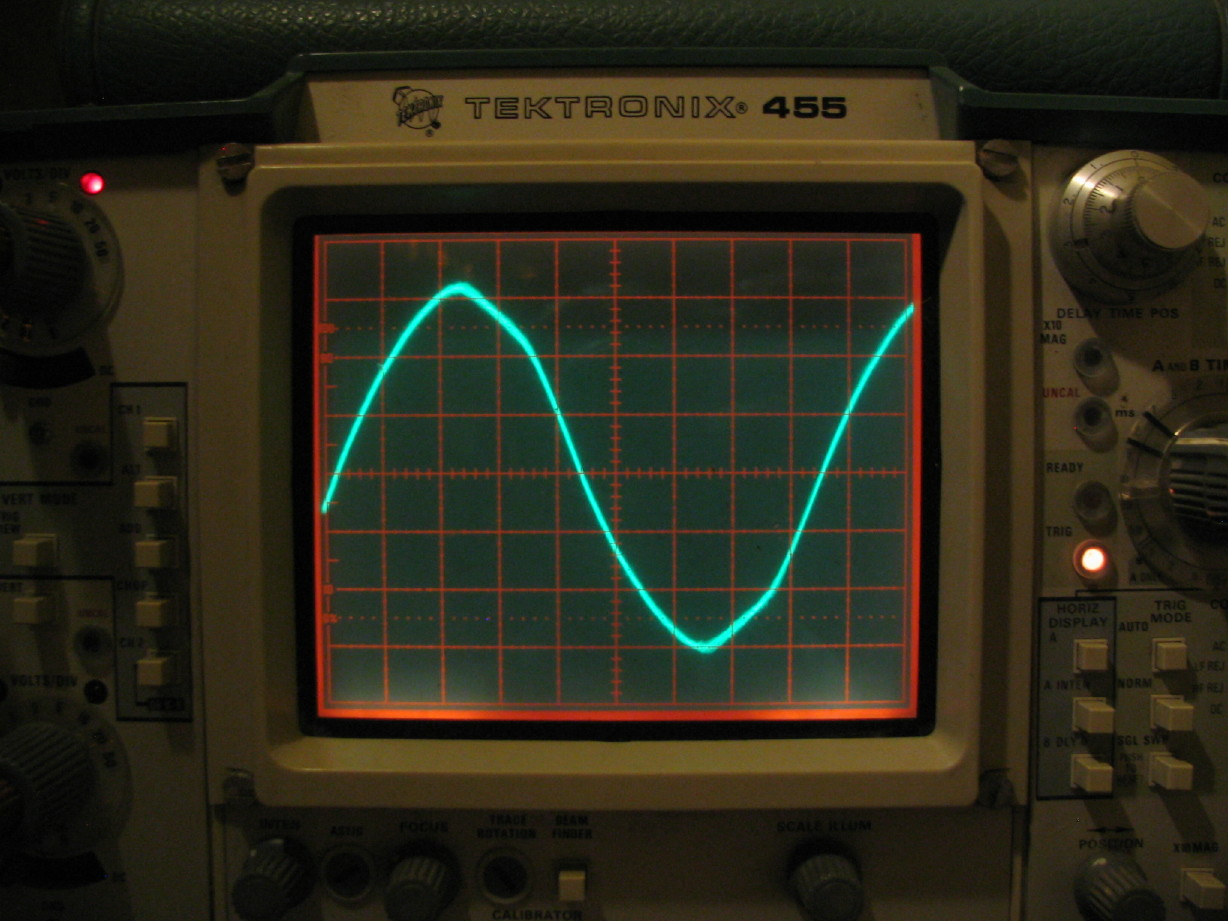
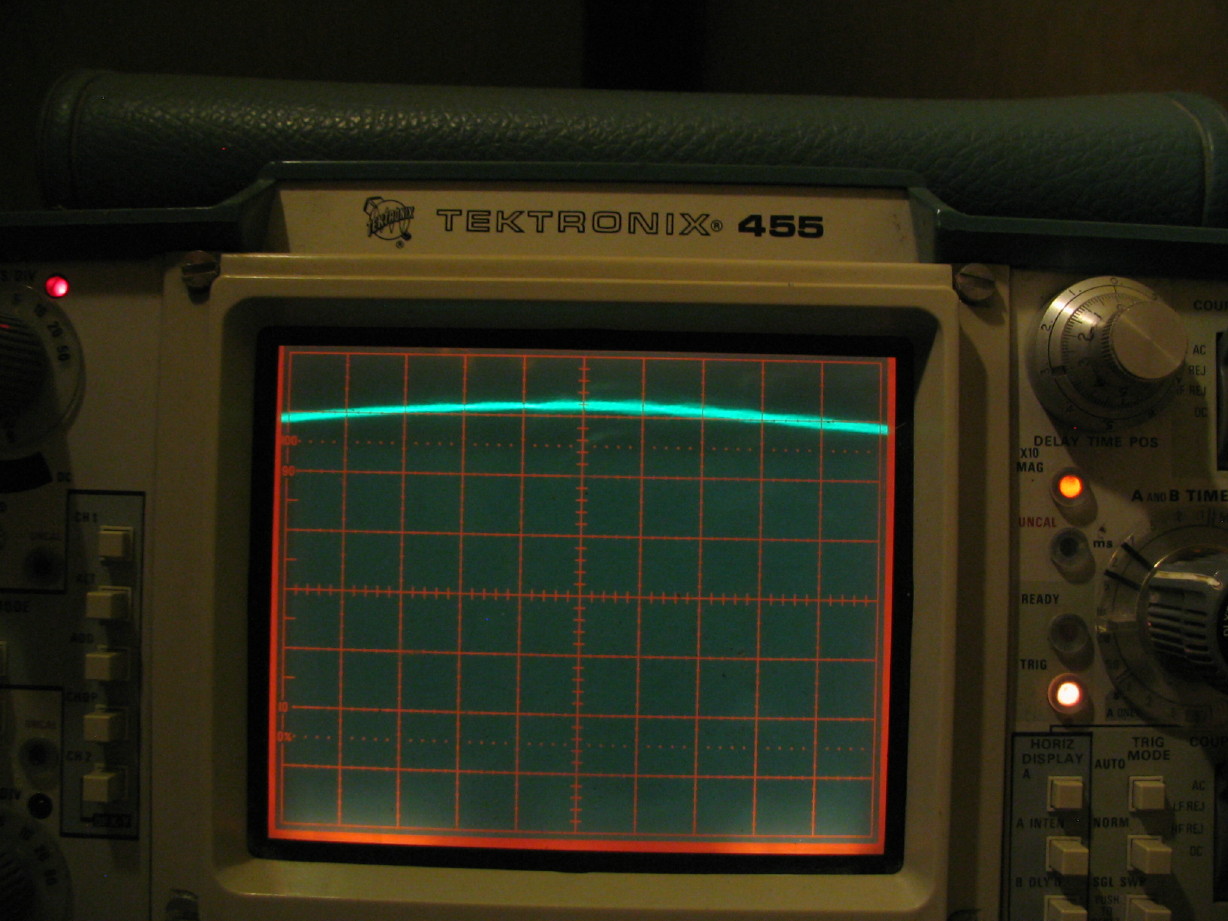
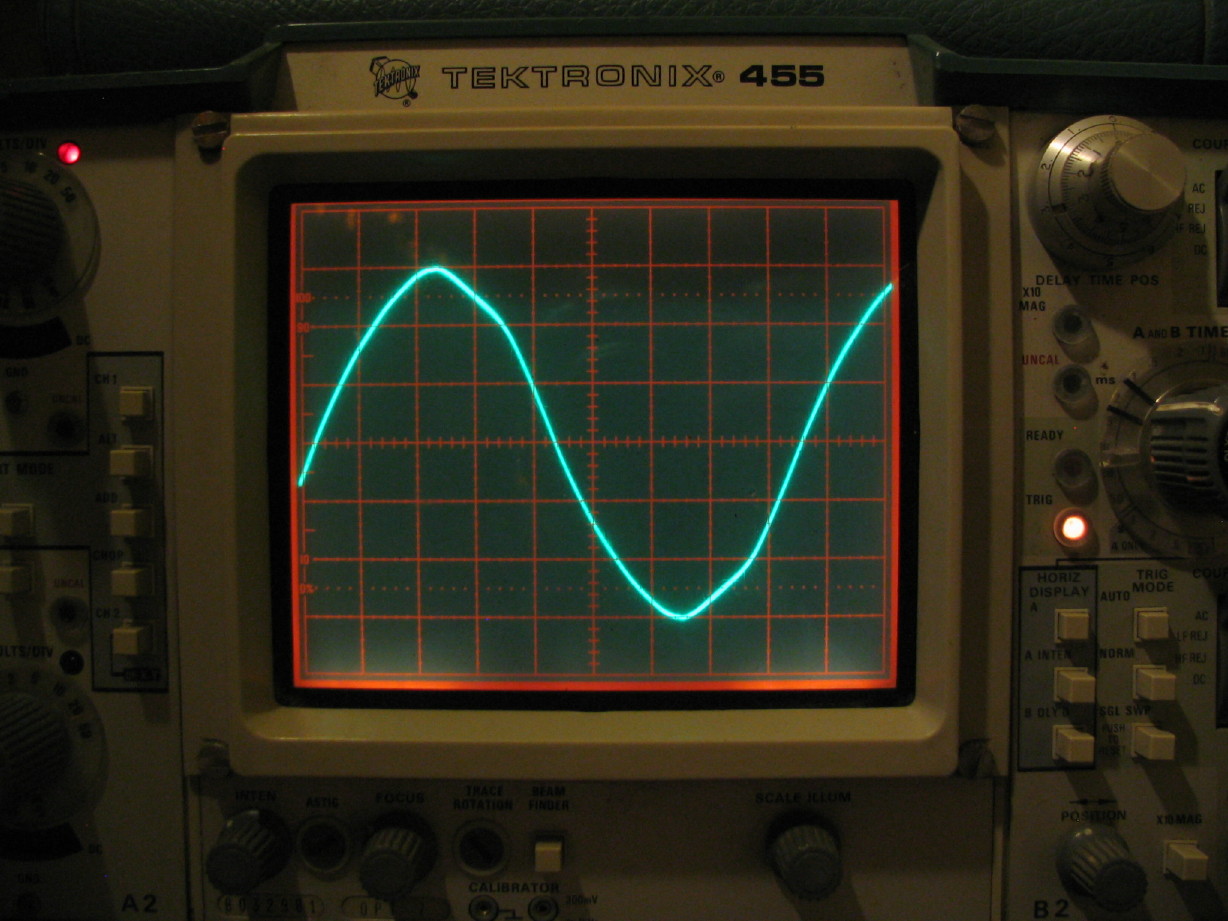
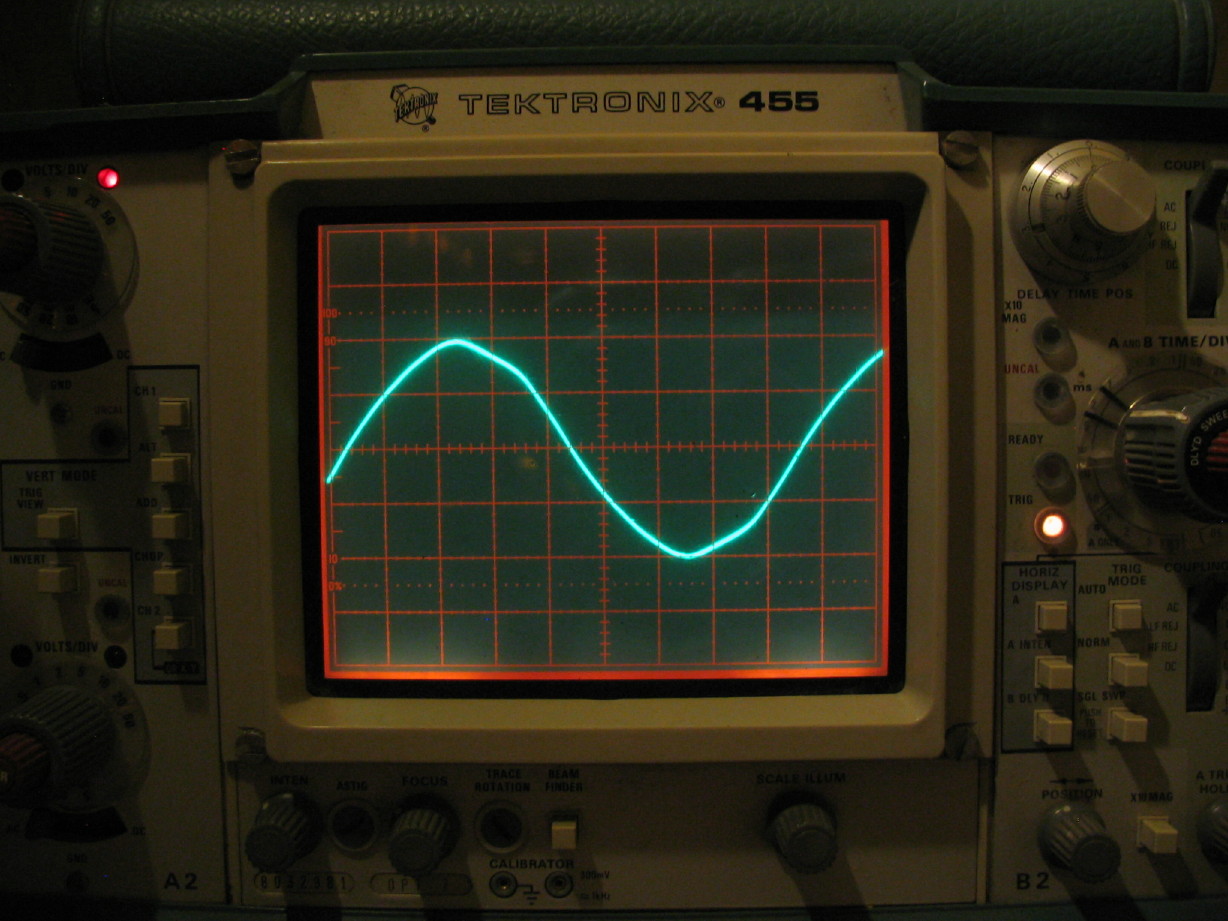
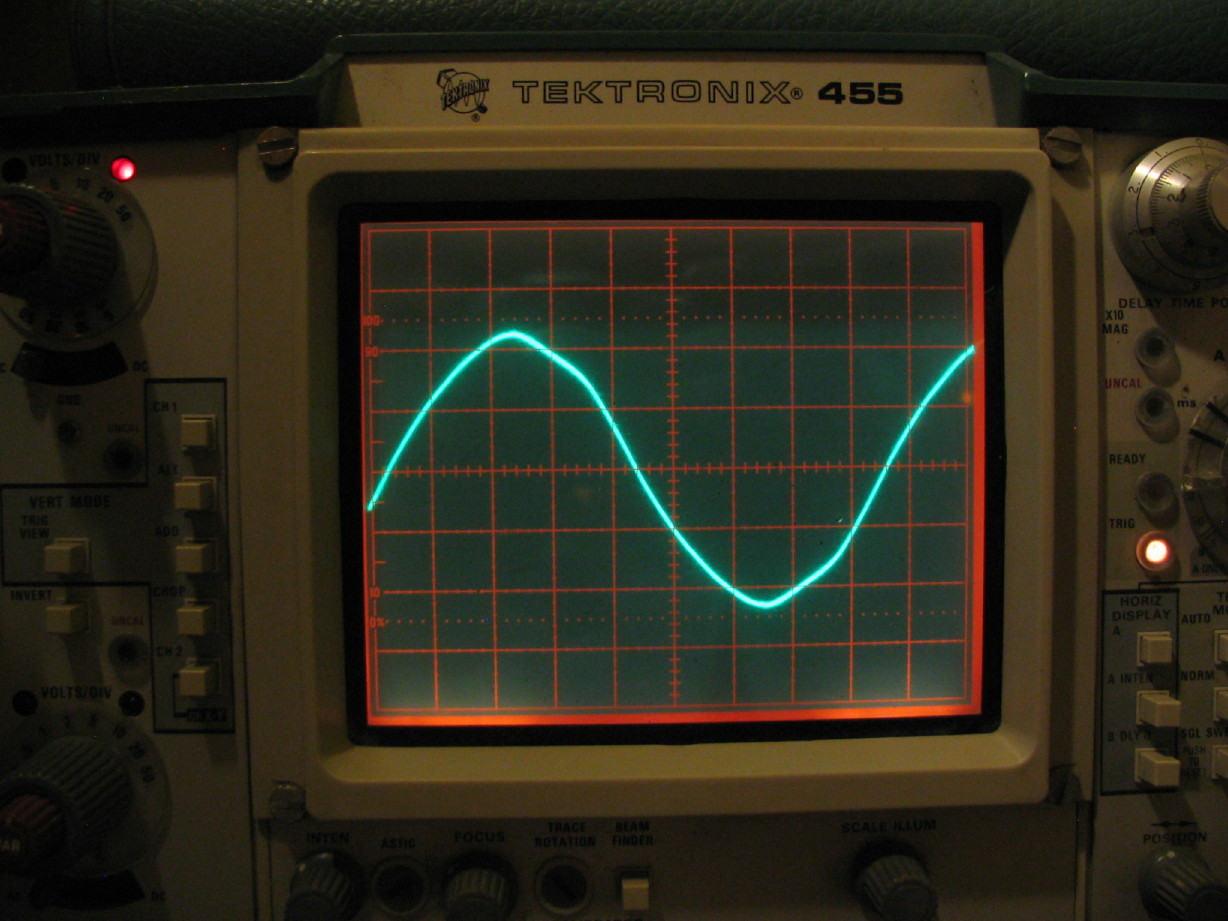
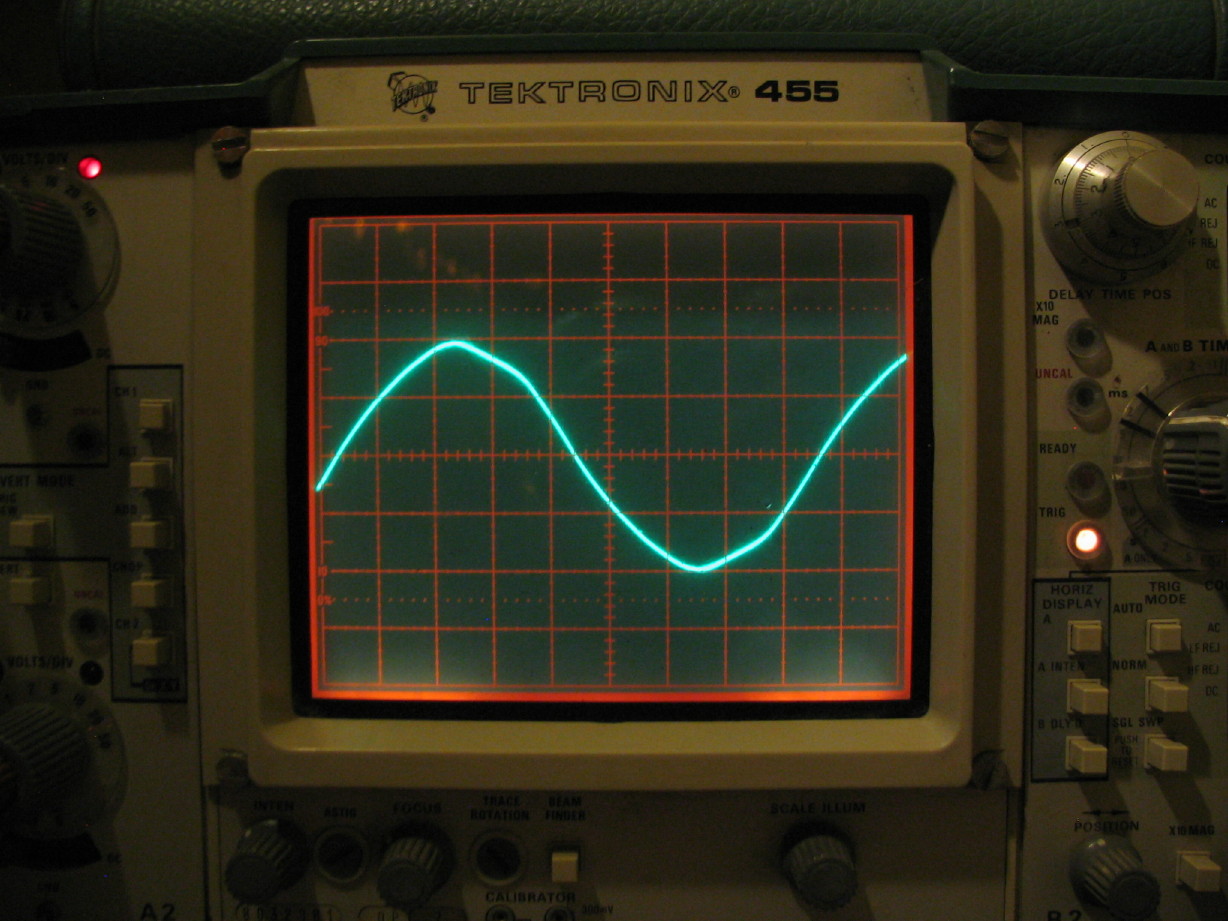
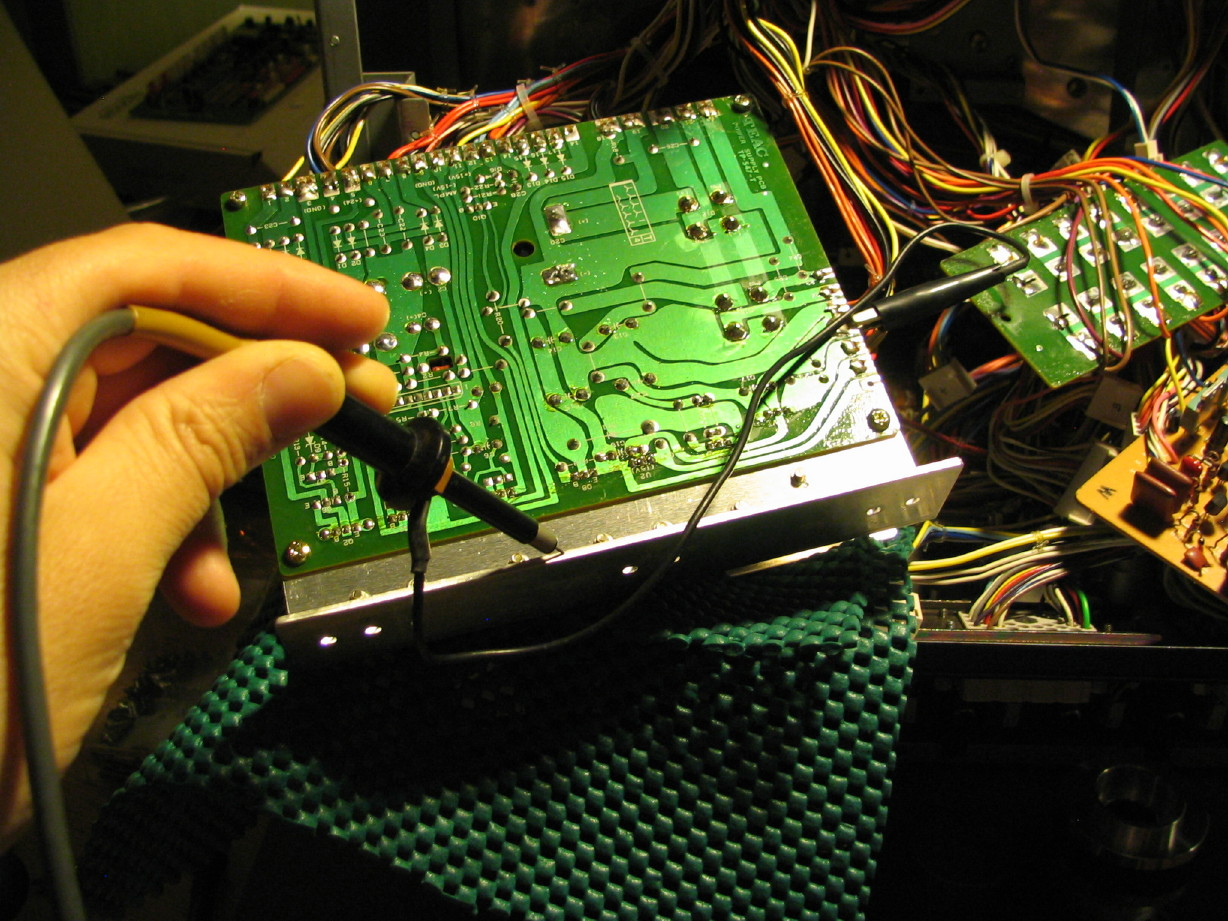
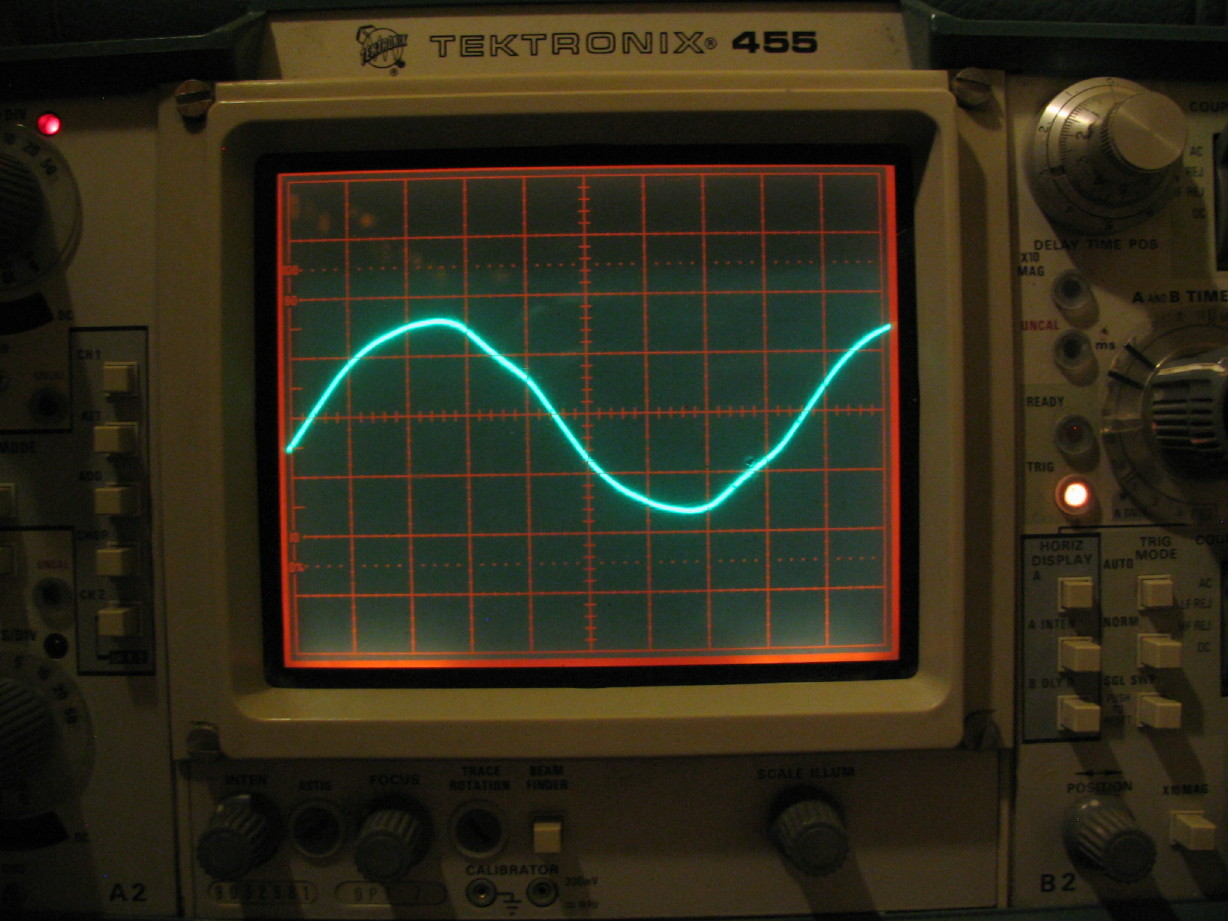
 Huh...yeah. If I measure the + and - output terminals of D10 with the DVM I get 5.2VAC RMS. That's not a good bridge rectifier. I'm going to shotgun U2 and U3 even though U2 was a brand new part I just put in after the original extender card offset debacle...it ain't workin' now.
Huh...yeah. If I measure the + and - output terminals of D10 with the DVM I get 5.2VAC RMS. That's not a good bridge rectifier. I'm going to shotgun U2 and U3 even though U2 was a brand new part I just put in after the original extender card offset debacle...it ain't workin' now.


